
The Way You Frame It
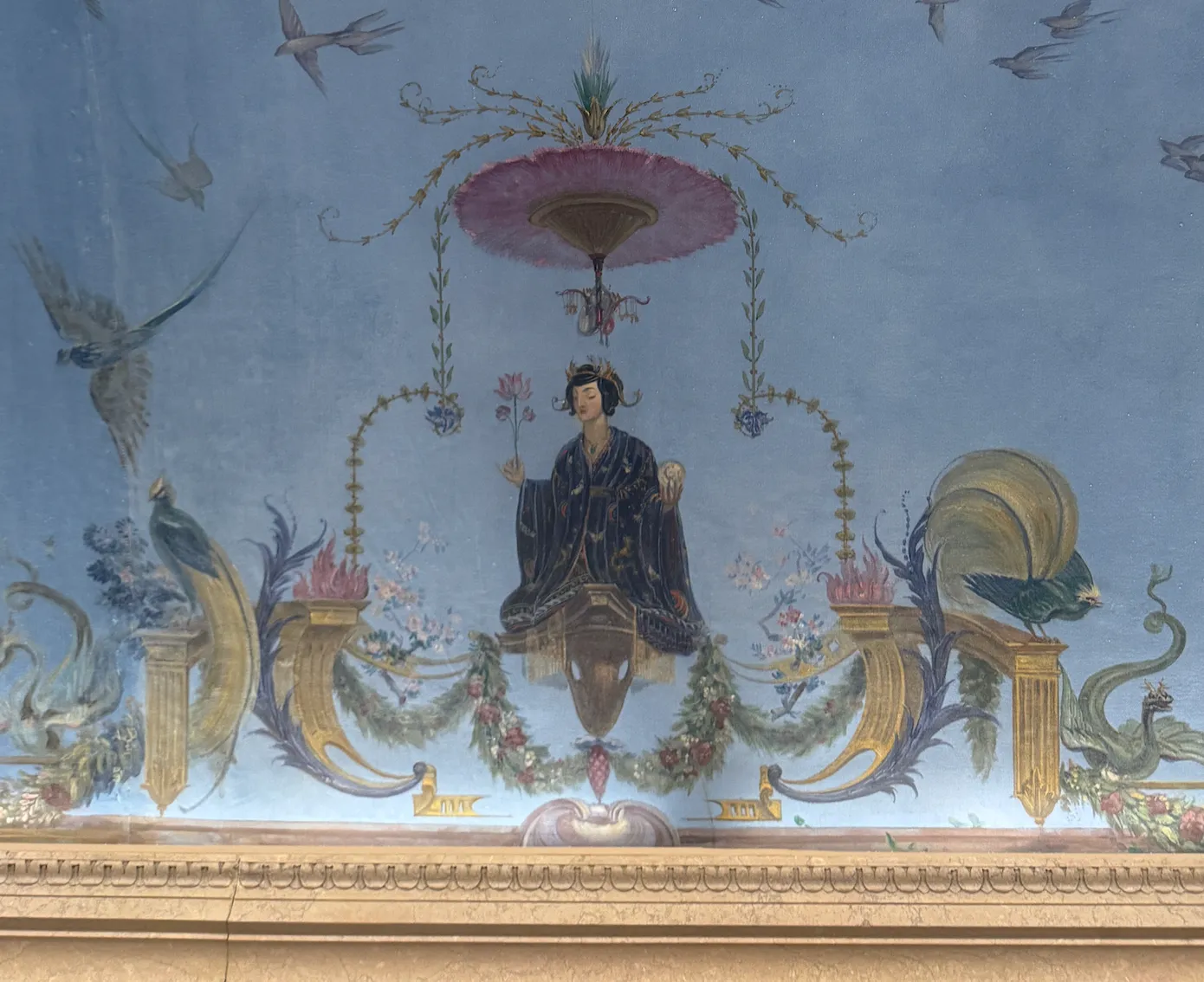
This weekend I went to The Frick Collection in New York—a jewel box of a museum housed in the former Fifth Avenue mansion of industrialist Henry Clay Frick. Stepping inside feels like walking into an episode of HBO’s The Gilded Age: marble halls, velvet drapery, Old Masters glowing in the hush of a home built to impress and endure
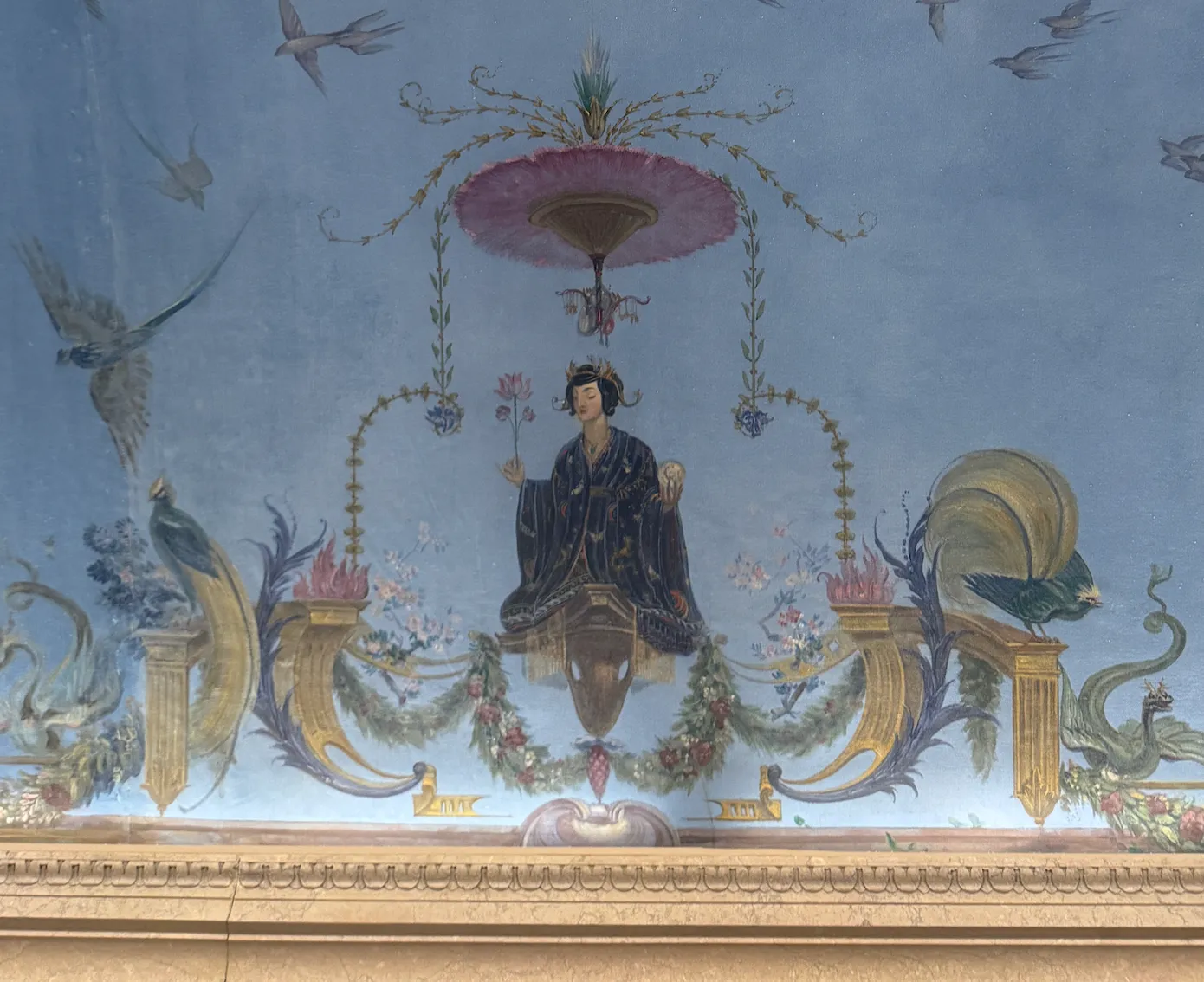
And while most visitors were leaning in to admire brushstrokes, I found myself staring at the frames. Ornate, baroque, gilded, curling with detail—half painting, half architecture. Some of them felt like little worlds of their own.
It got me thinking: the way we frame a painting isn’t so different from how we frame ideas. The same canvas looks one way in a thin black edge and another way entirely wrapped in gold scrollwork. The art doesn’t change—but the meaning does.
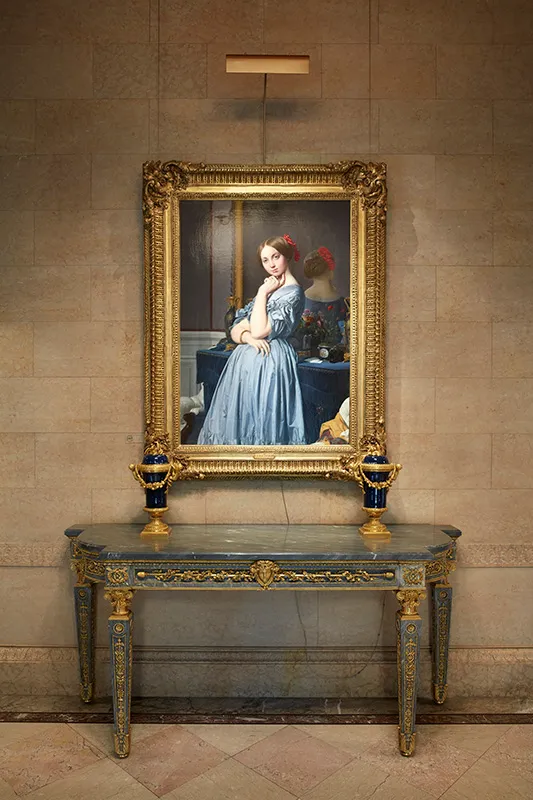
As Wayne Dyer once said:
“If you change the way you look at things, the things you look at change.”
That’s framing at work. The edges we set—the story we tell around something—change how we experience it.
Frames Everywhere
Frames aren’t only for paintings. We frame:
- Views → a window framing the skyline, a doorway framing light.
- Stories → the words we choose that make an event sound like triumph or disaster.
- Ideas → the mental “edge” that decides whether something feels possible or not.
The frame doesn’t change the thing itself—it changes how we see it.
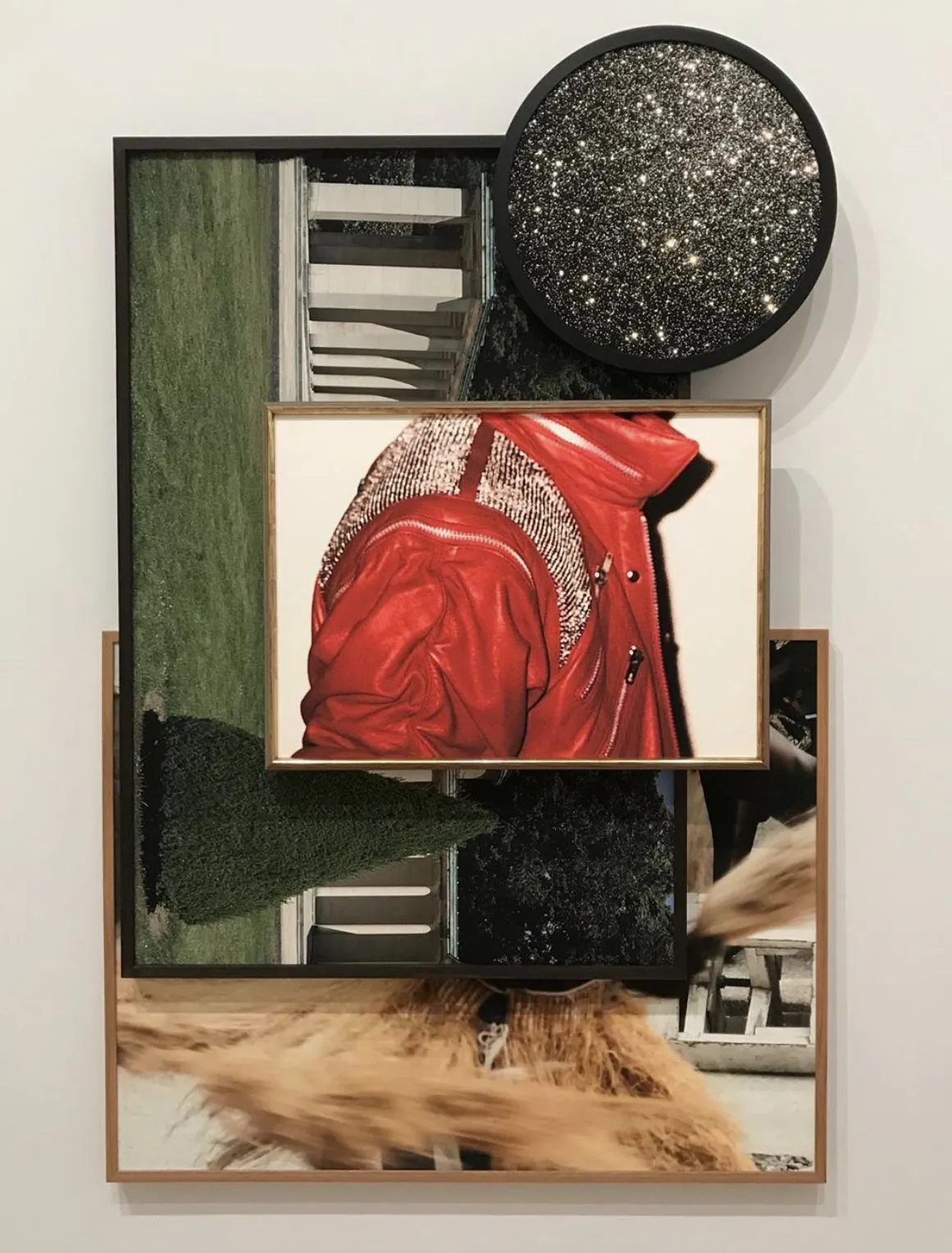
The Language of Frames
At the Frick, the frames were as captivating as the art. And once you start noticing, you realize frames are never neutral—they’re design choices that shape how we encounter what’s inside them.
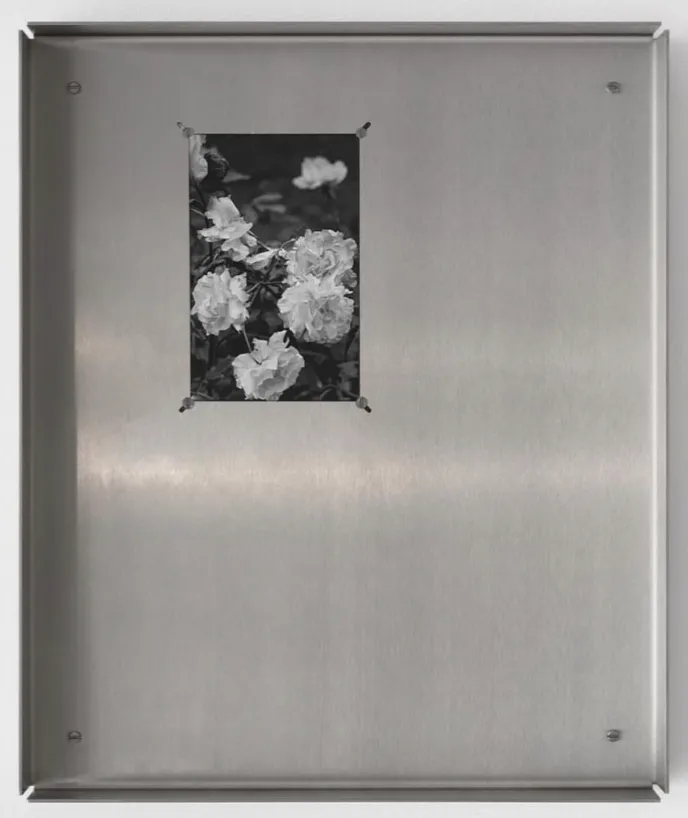
- Floater frames → clean, minimal, giving the illusion that the canvas is hovering—perfect for contemporary work where you want nothing to distract from the edges.
- Shadowboxes → deep-set, creating air and distance, often used for objects rather than flat art—turning something ordinary into something precious.
- Ornate, baroque frames → curling, gilded, heavy with symbolism. They don’t just contain a painting, they elevate it into spectacle.
- Colorful frames → playful or unexpected, reframing the mood entirely. A bright frame can make something serious feel lighter, or draw out a hidden tone in the work
- Irregular frames → bending with the image, spilling over, or breaking symmetry. These remind us that art isn’t always meant to be contained; sometimes the frame itself becomes part of the artwork.
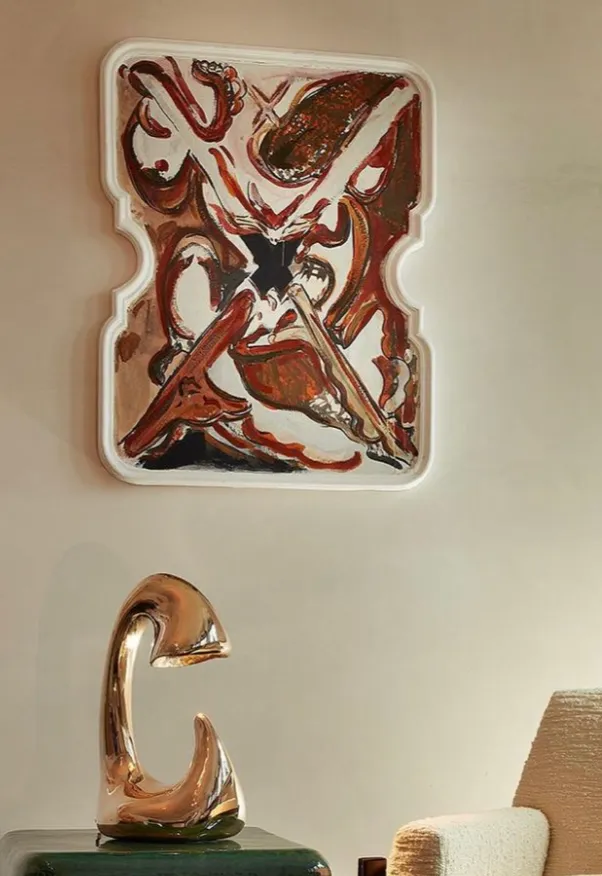
Each frame tells the viewer how to approach the art. Is it sacred? Is it playful? Is it timeless? The art is the same, but the frame whispers how we’re meant to see it.
The Frame Changes Everything
In design, framing is everything. It’s how an artwork is presented, how light is captured, how a space reveals itself. In life, framing is how we choose to tell our own stories.
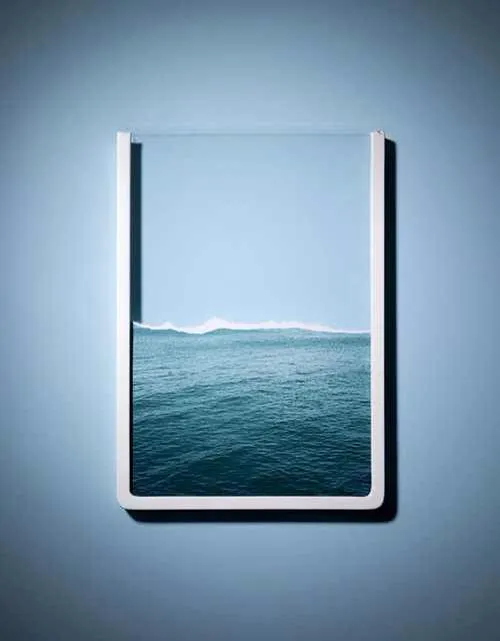
A setback can be framed as failure or as learning. A transition can be framed as loss or as possibility. The substance might stay the same—but the frame changes the meaning.
Final Thoughts
At The Frick, I thought I was admiring baroque paintings. But what lingered was the reminder that meaning isn’t only inside the image—it’s shaped by what surrounds it.
Life works the same way. Moments arrive as raw material—we don’t always choose them. But we do choose the frame.
And that choice matters. It can turn scarcity into abundance, distance into connection and fear into love.
💌Elle
P.S. Whats your favorite way to reframe? A thought, a day, a moment— I’d love to hear.
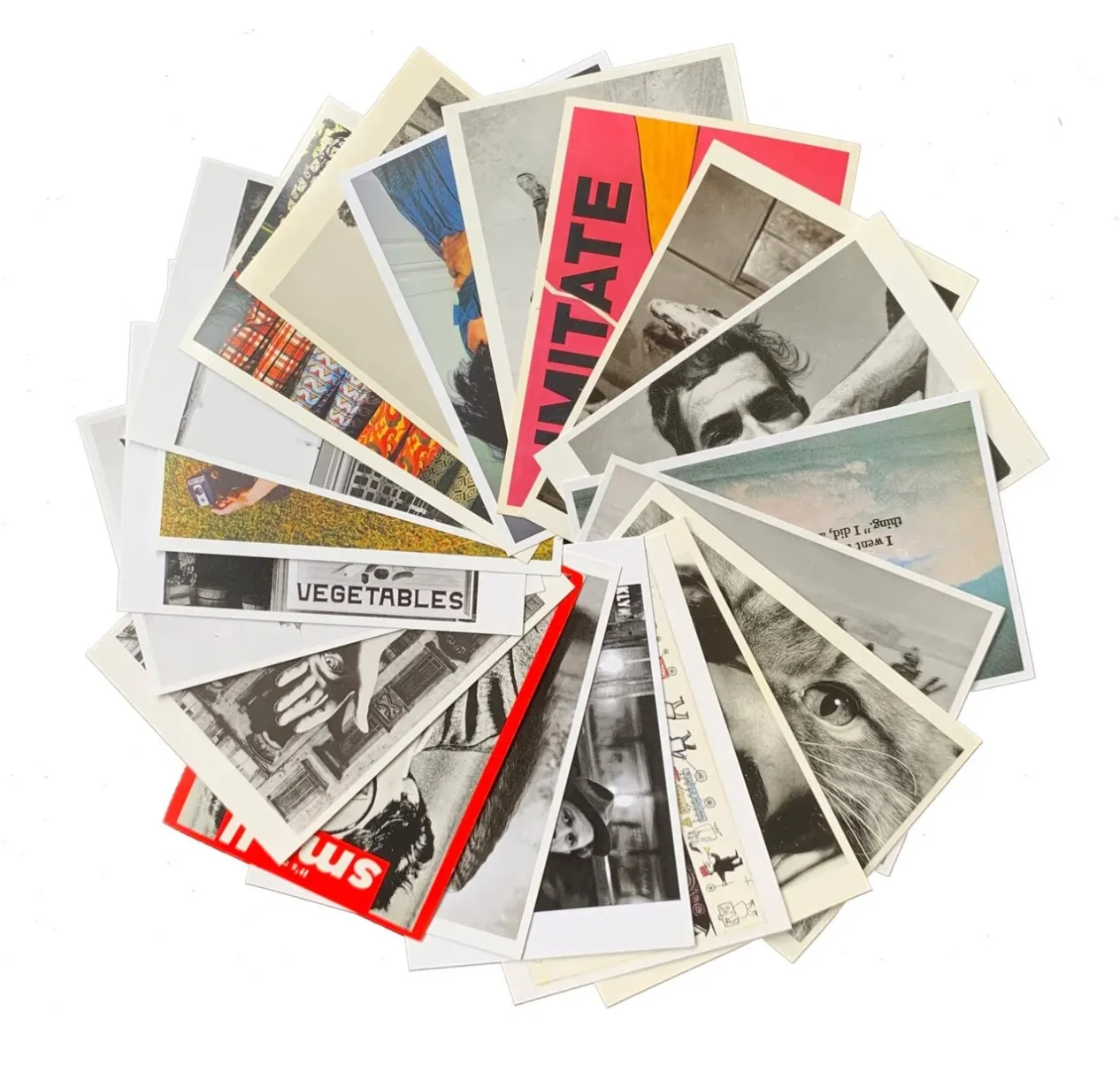



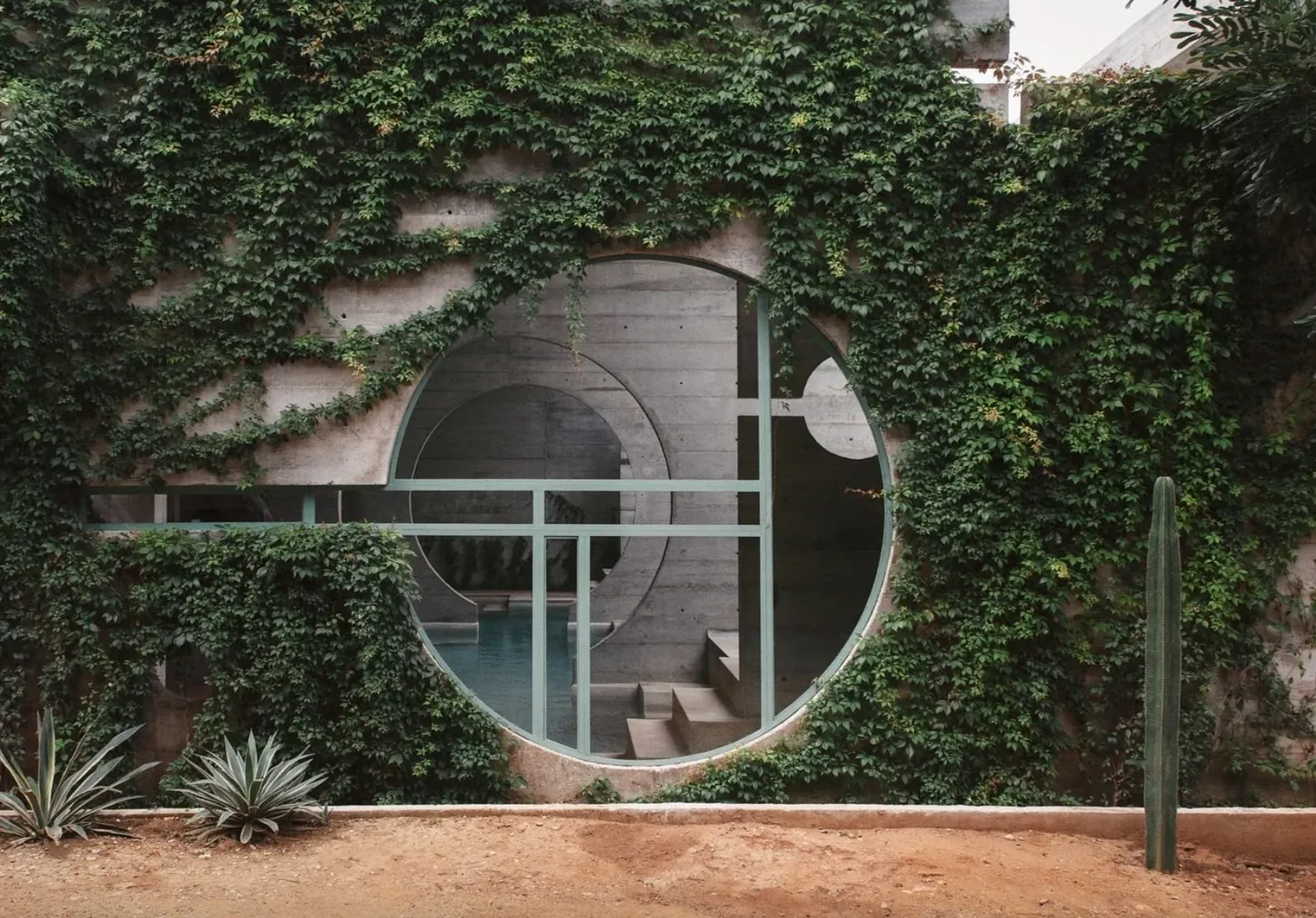
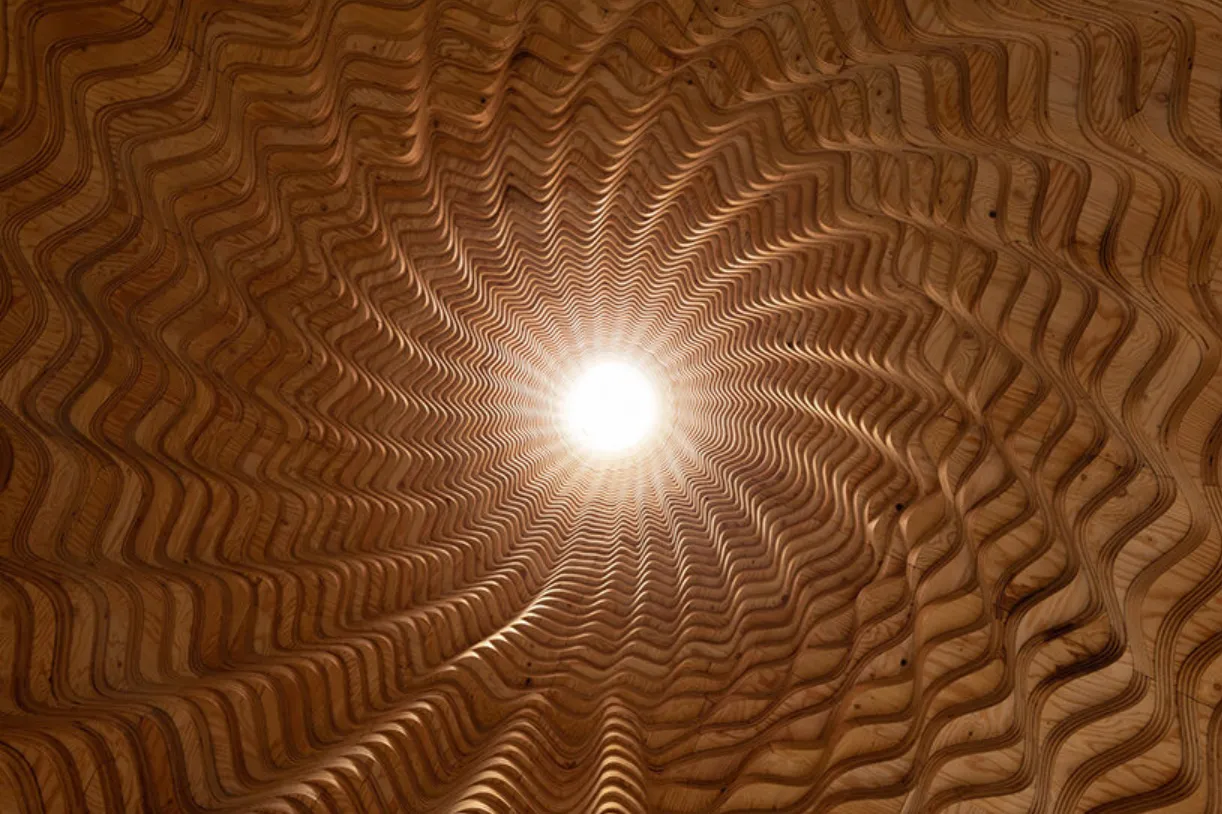
.svg)
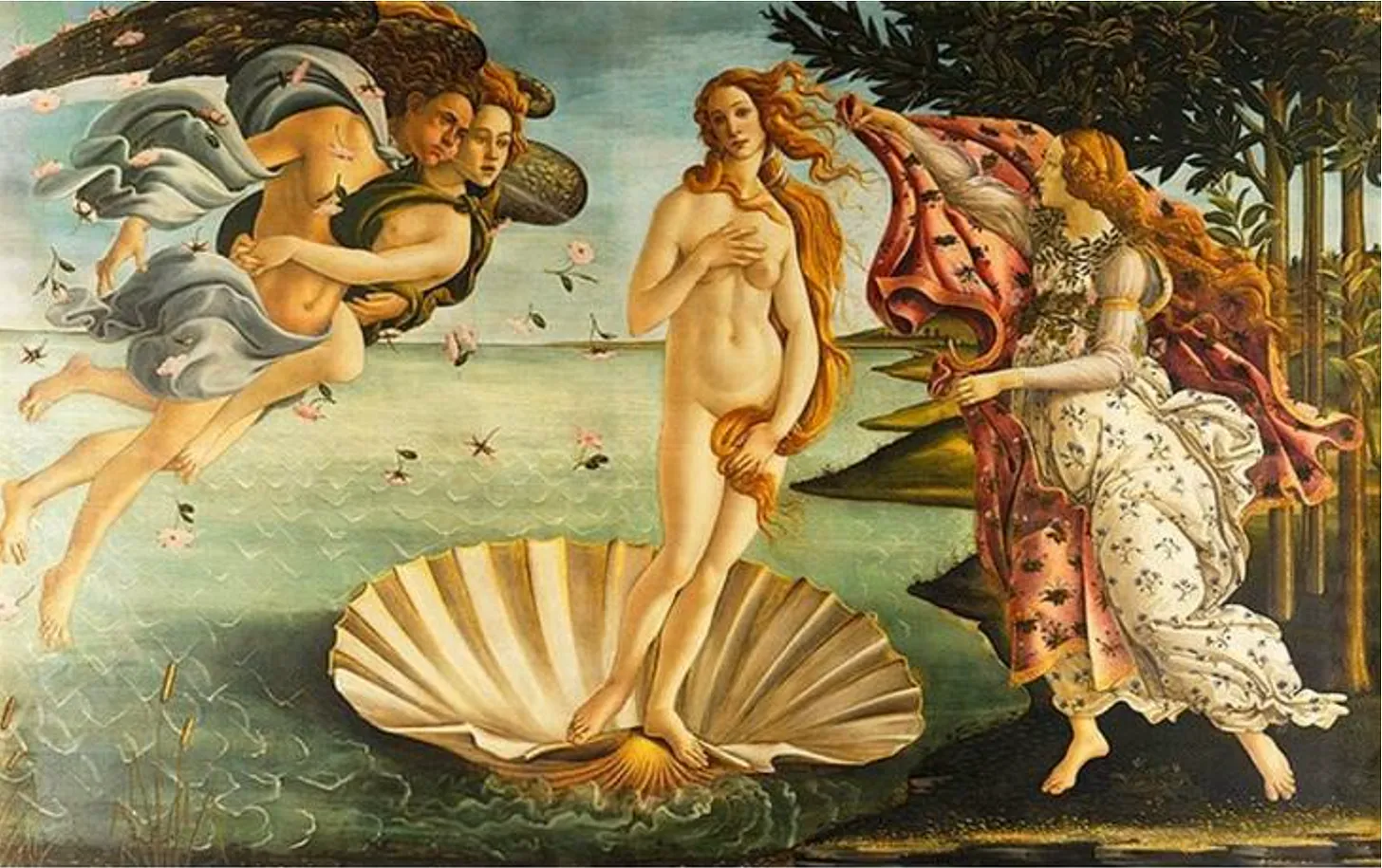
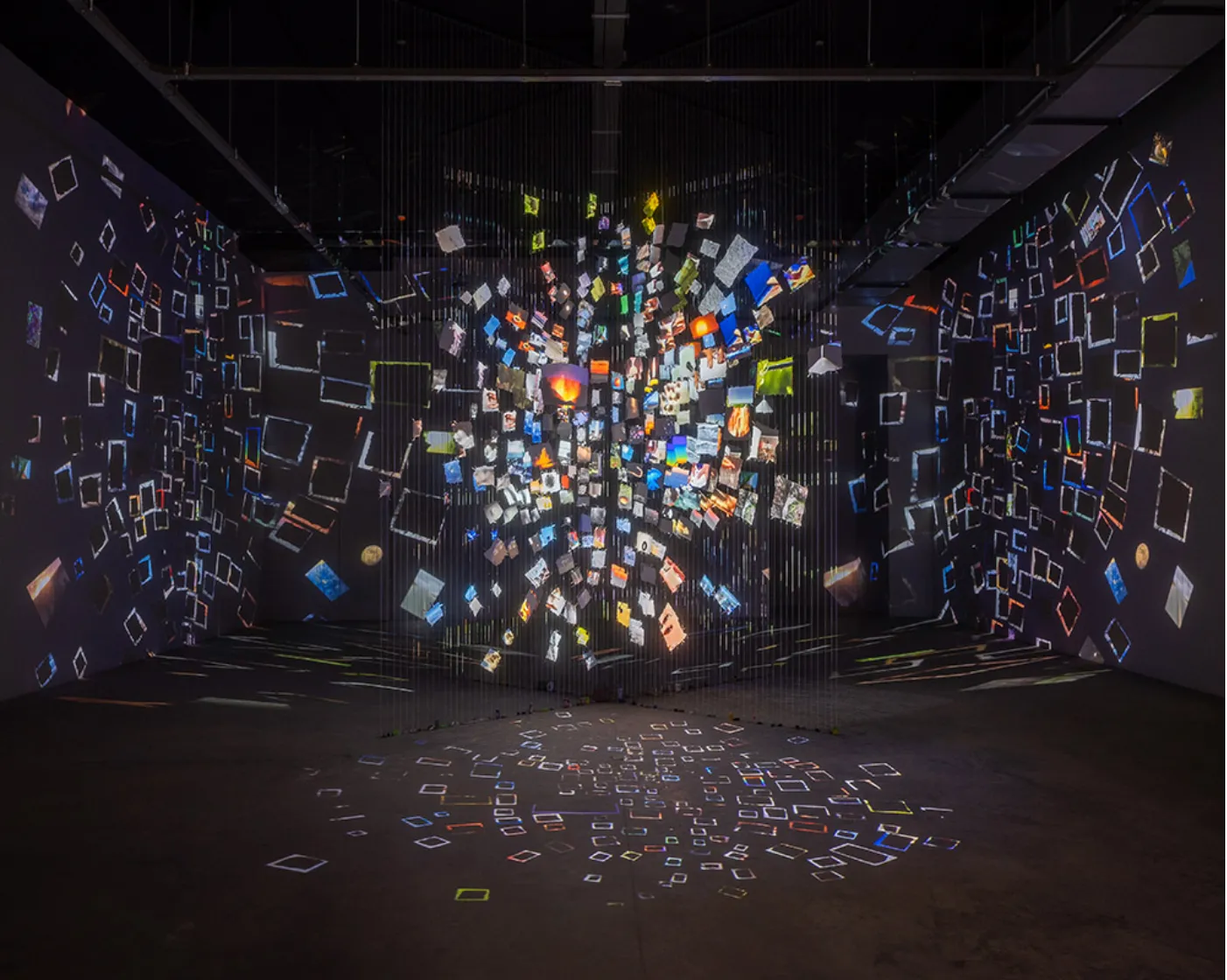
.svg)
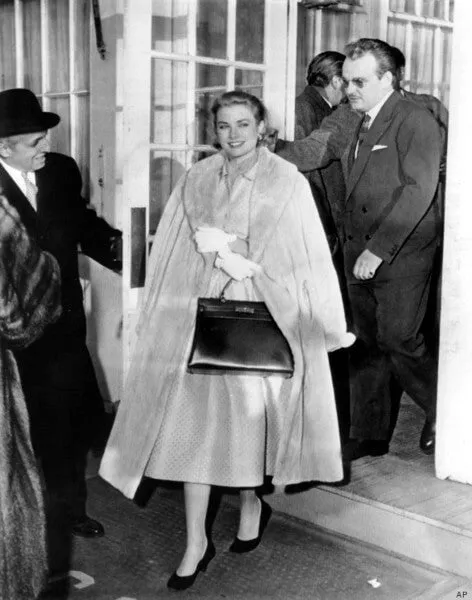
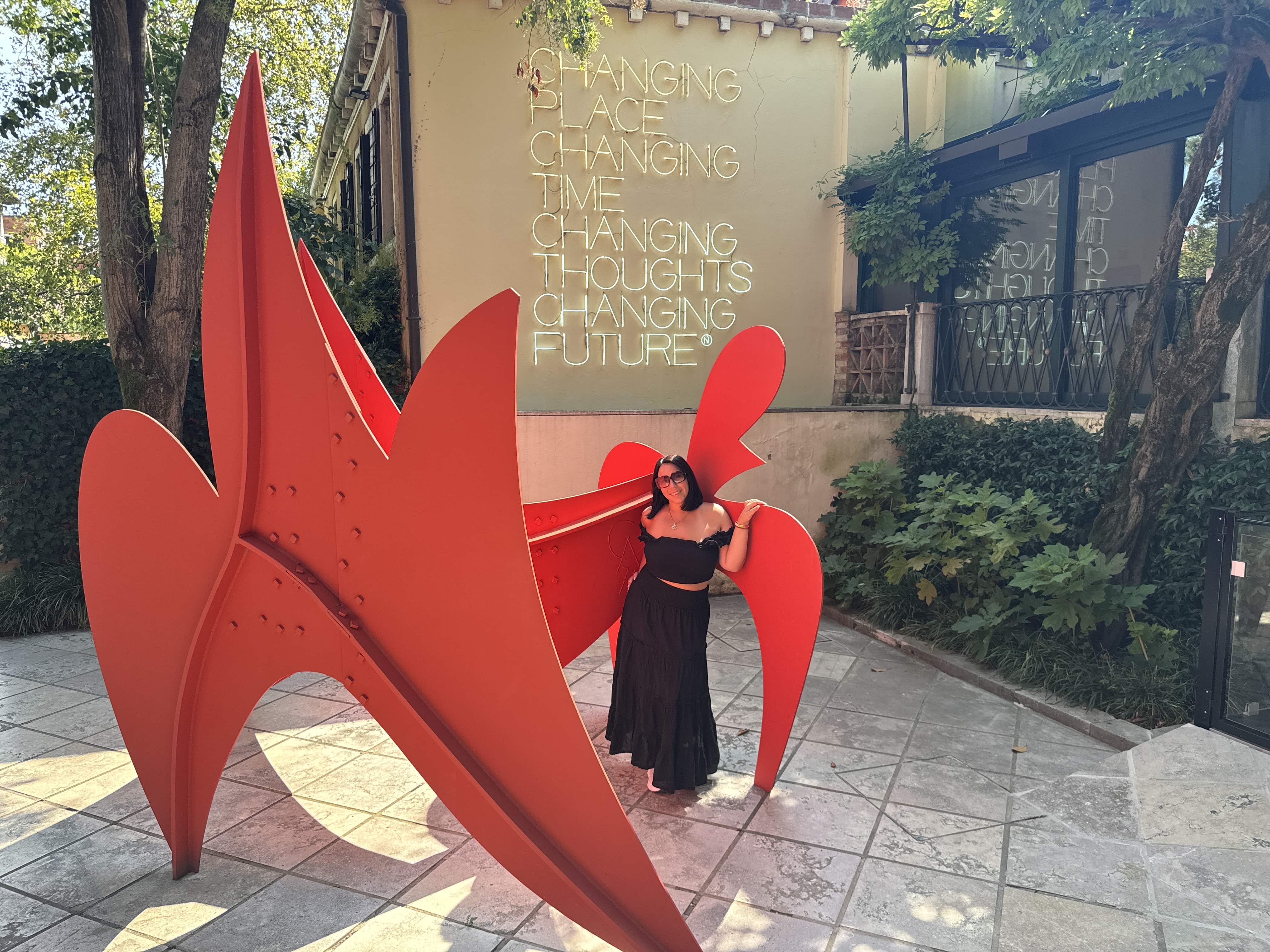
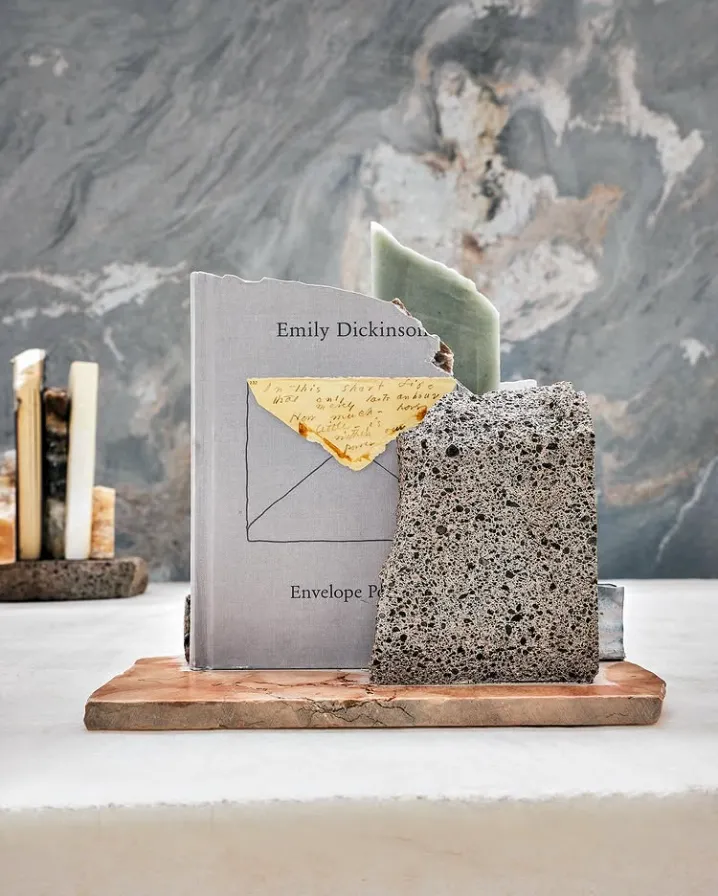
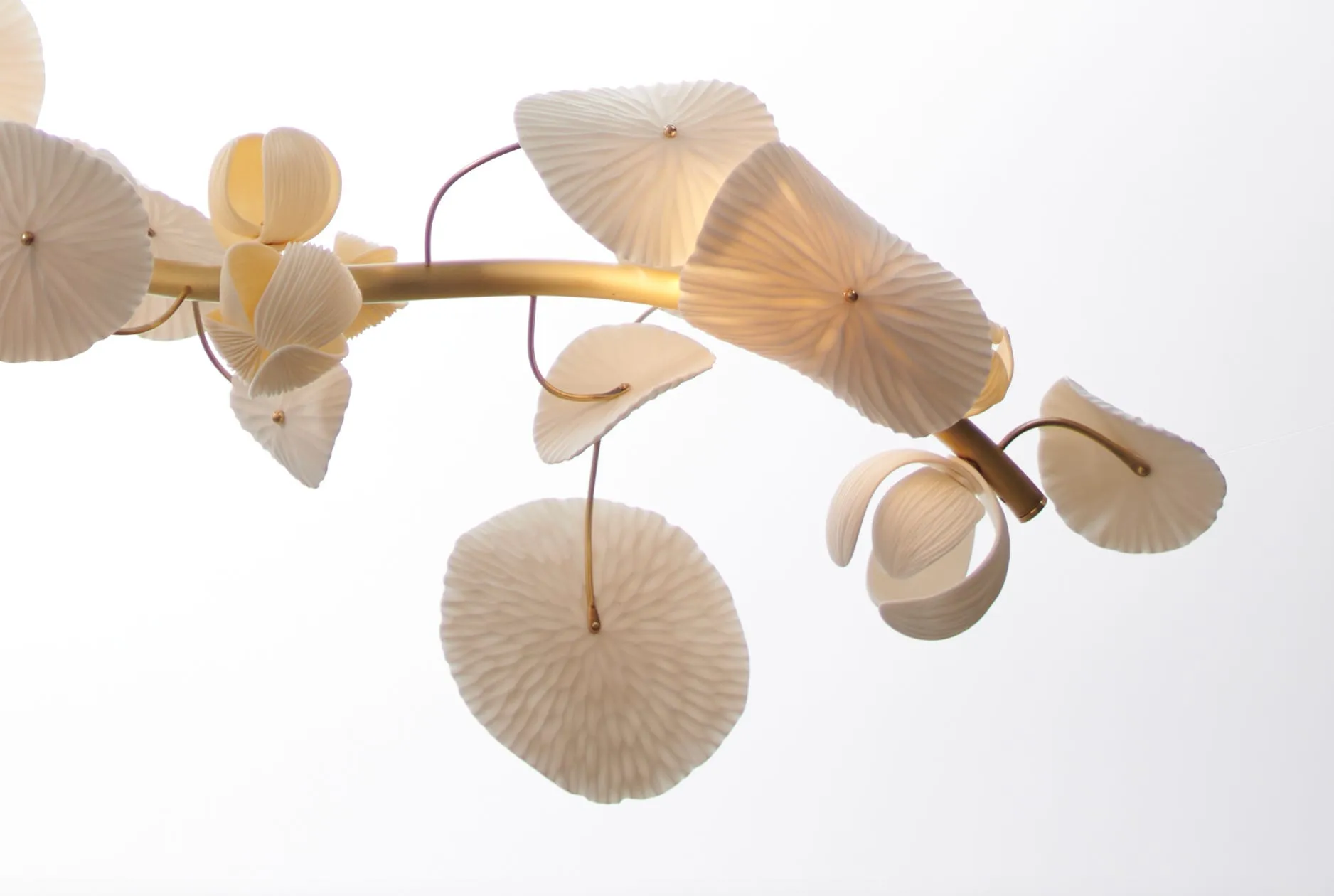

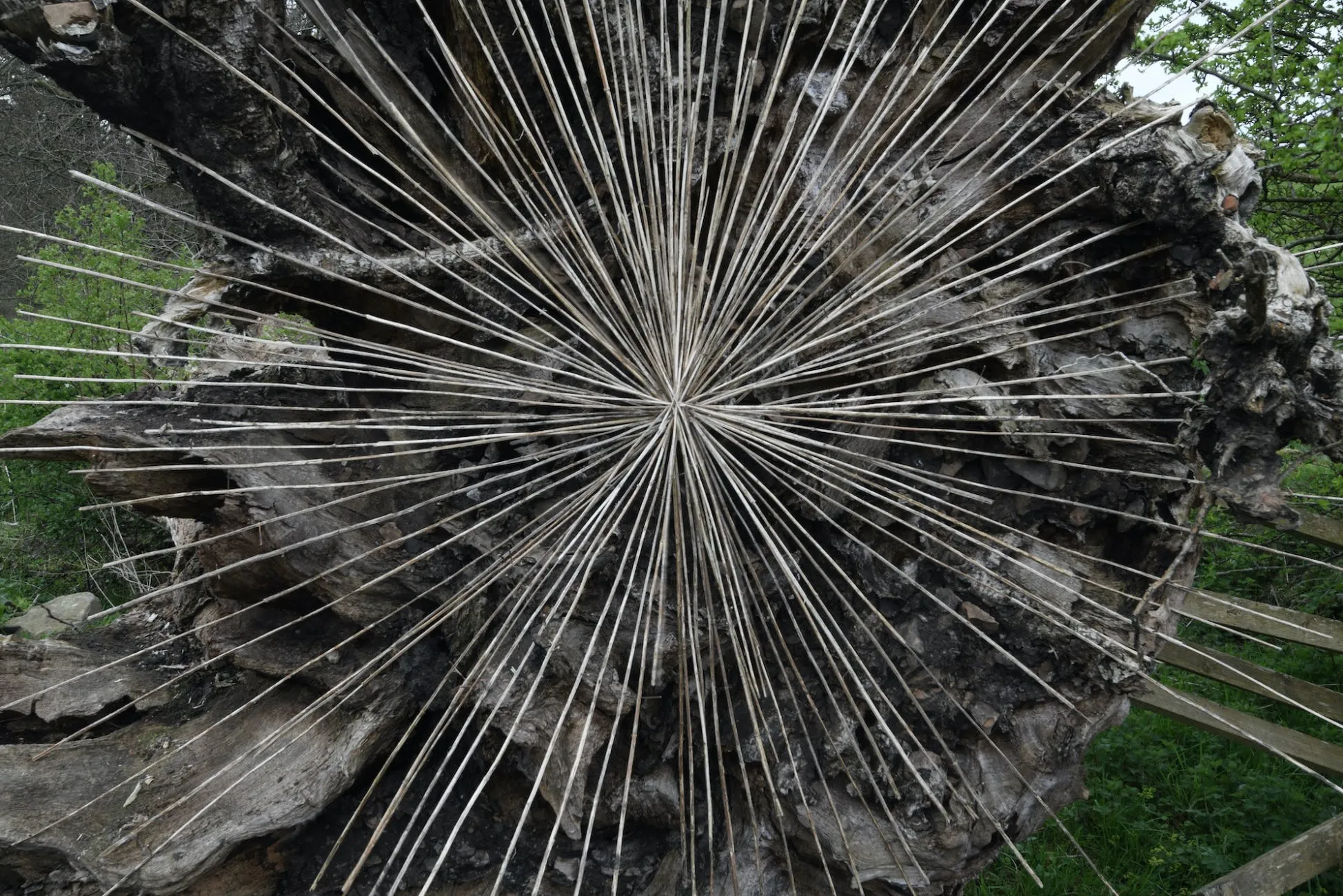
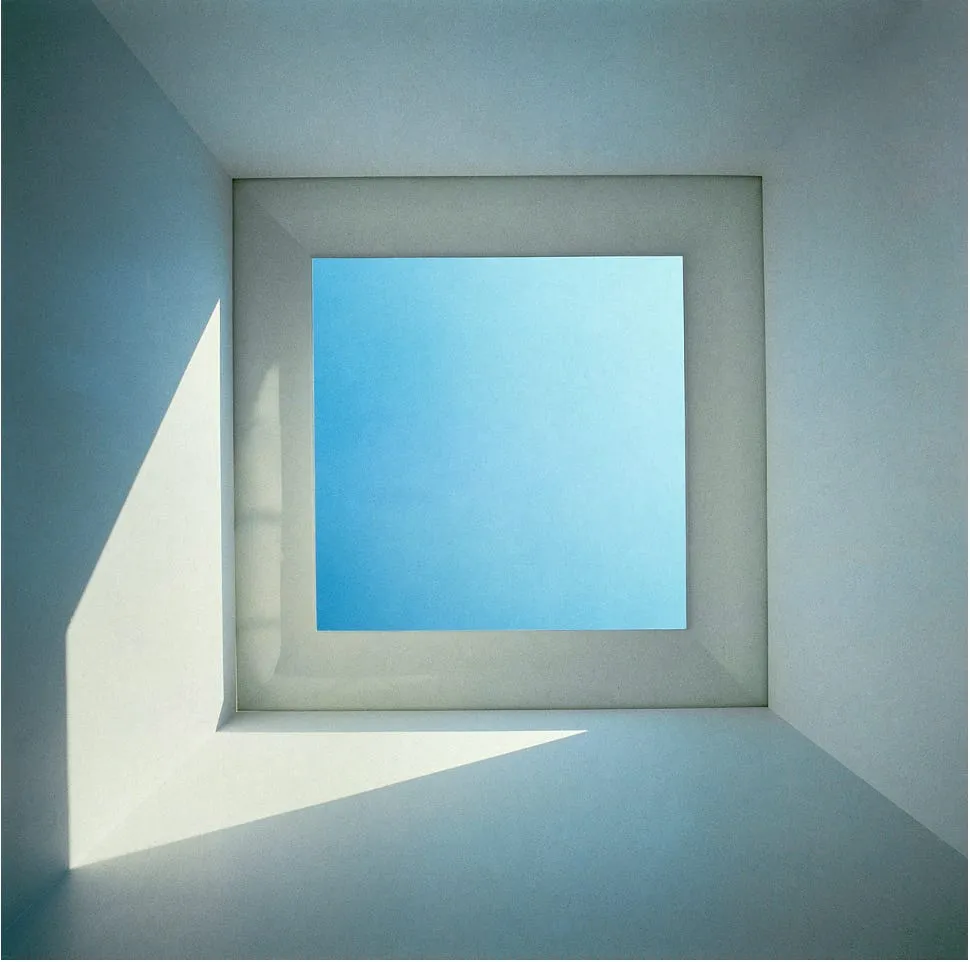
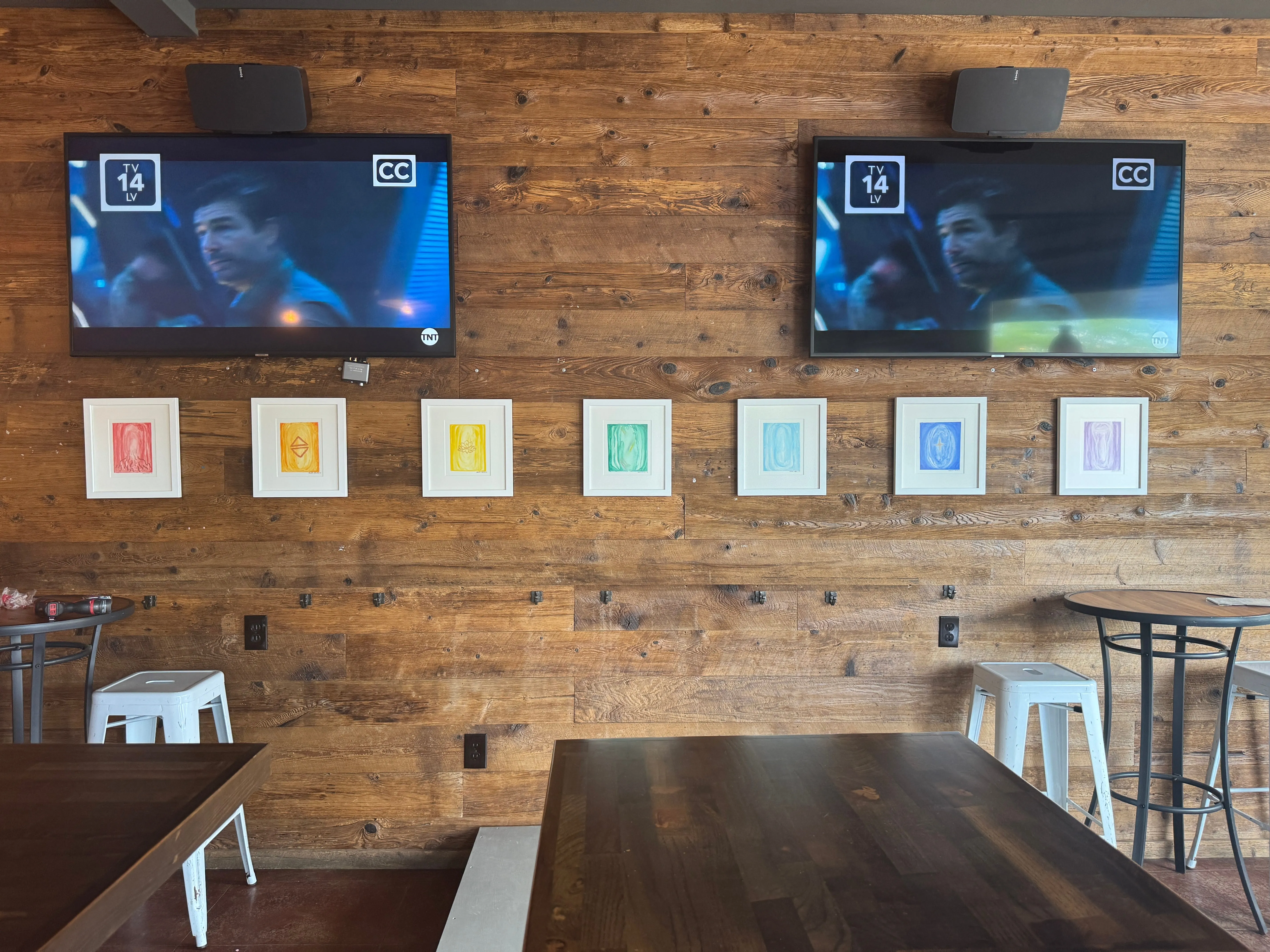

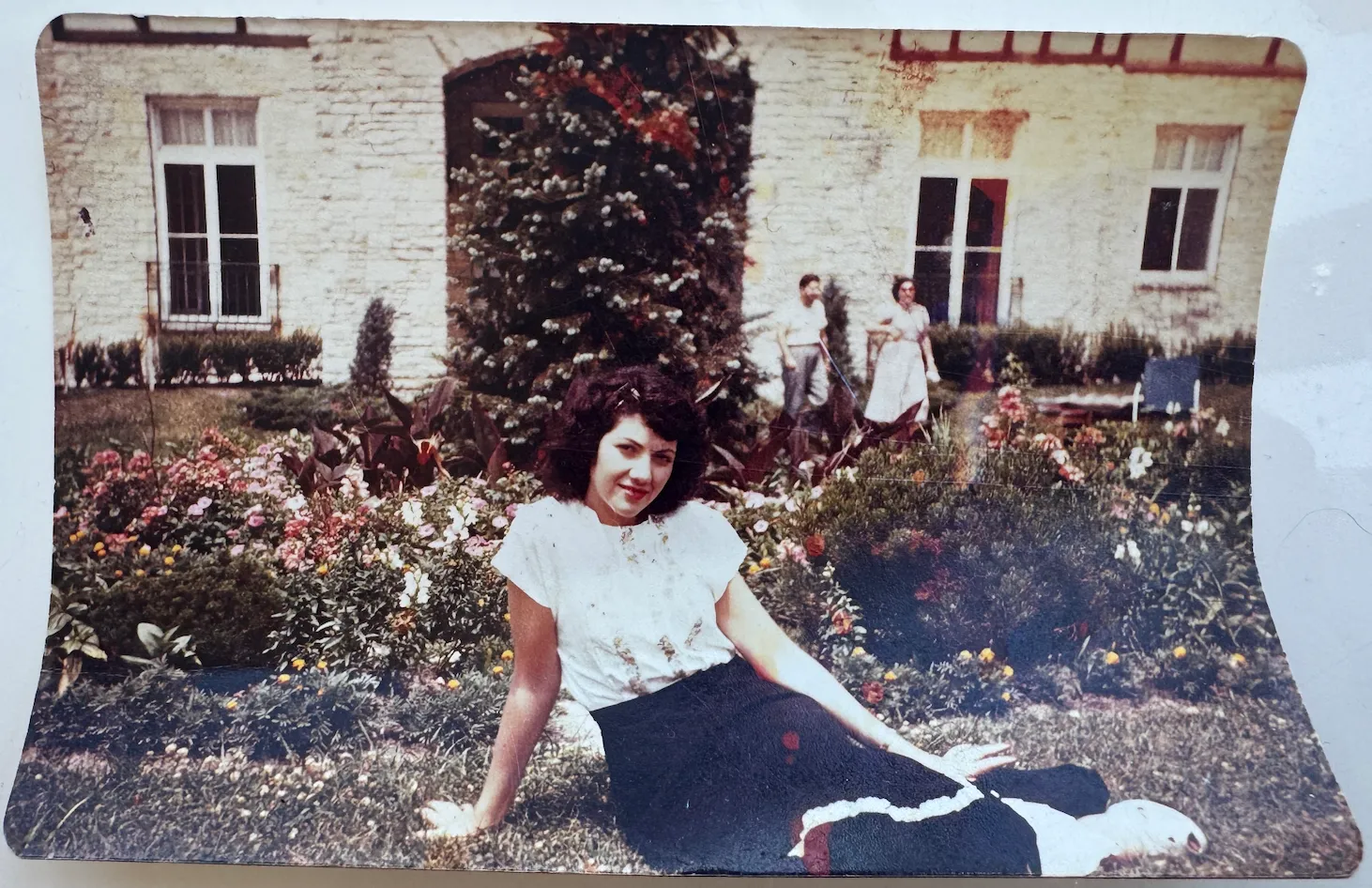

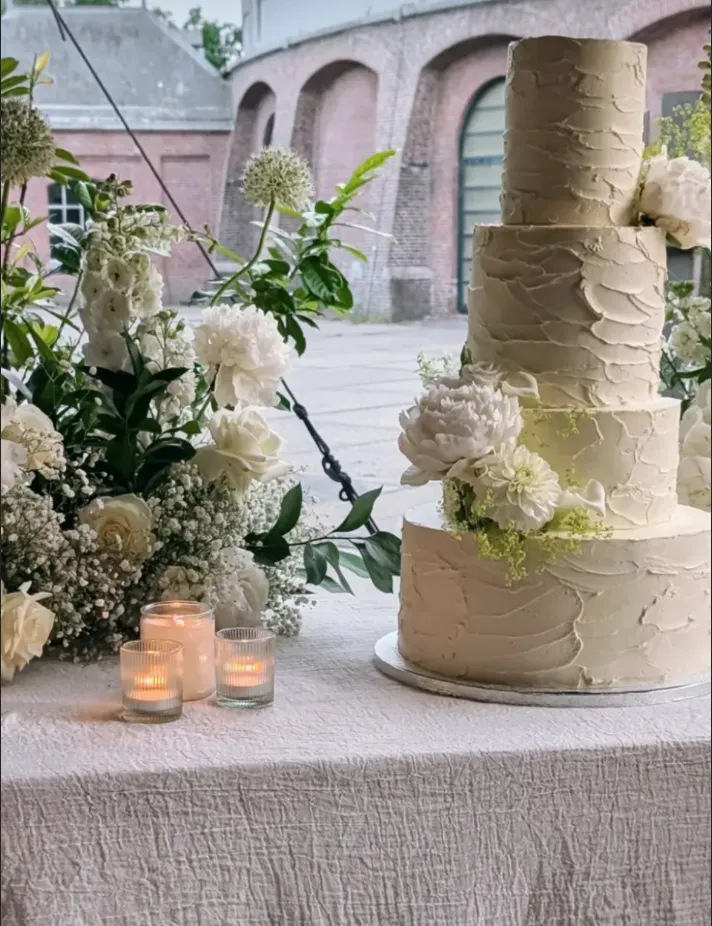


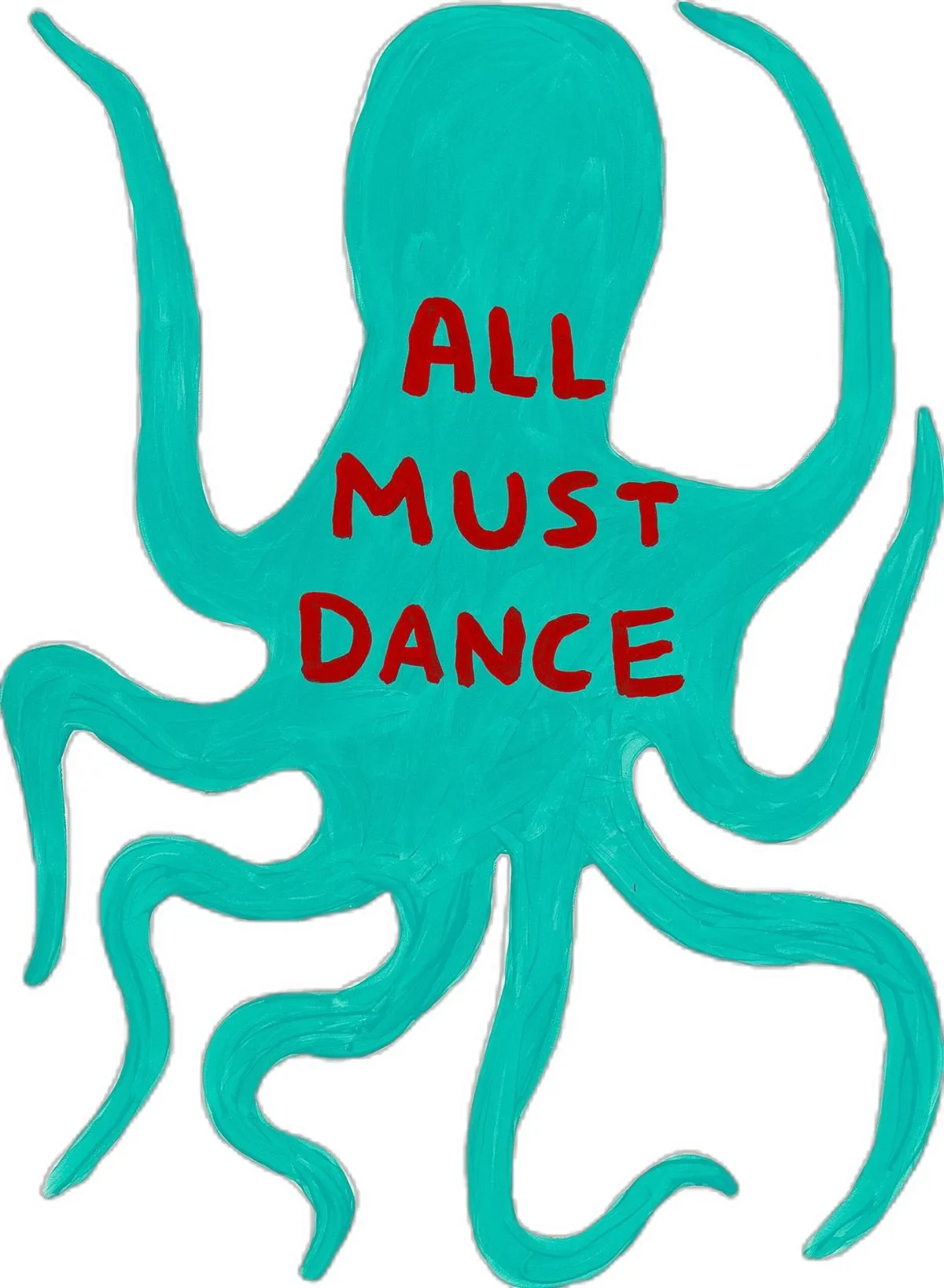


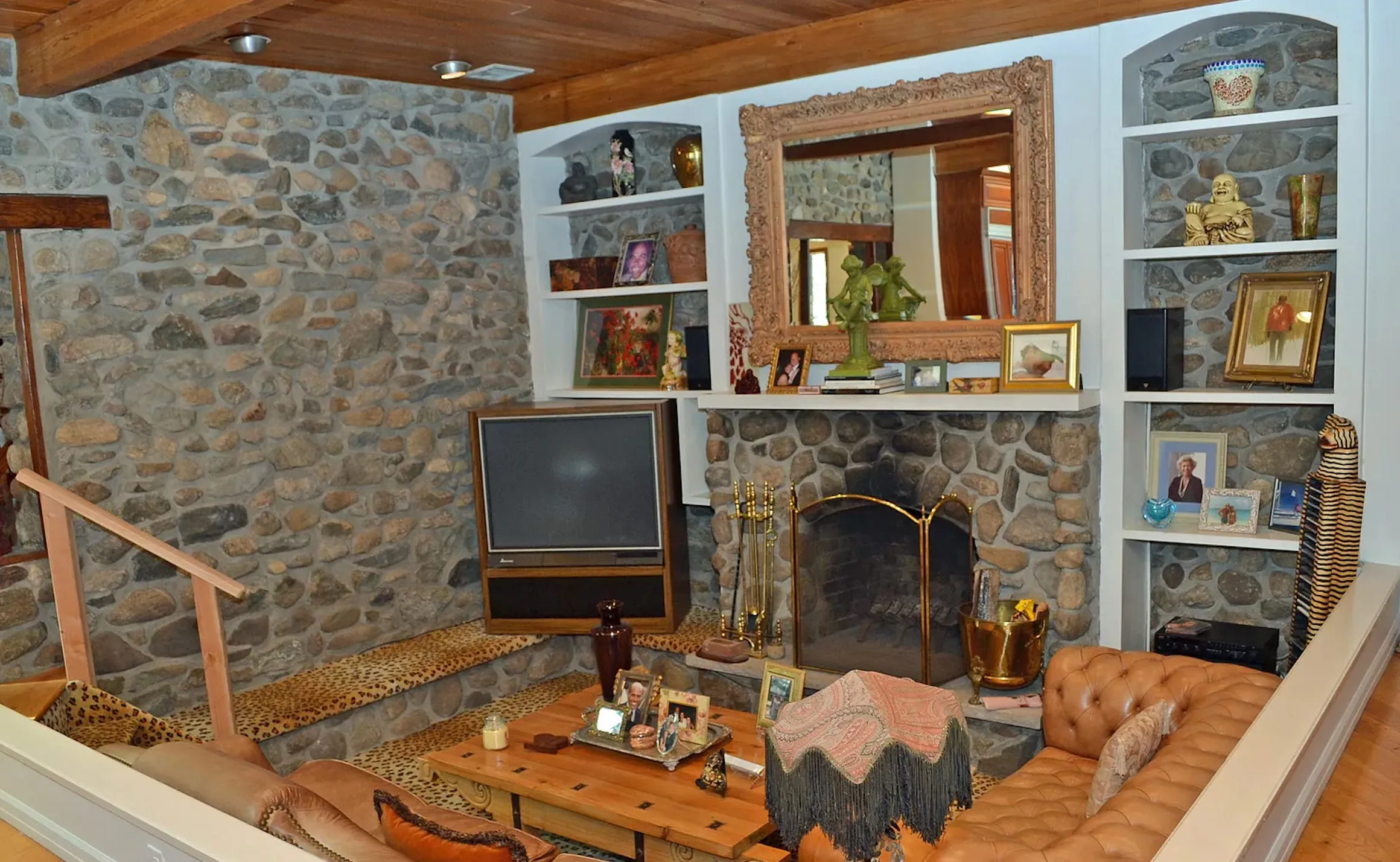
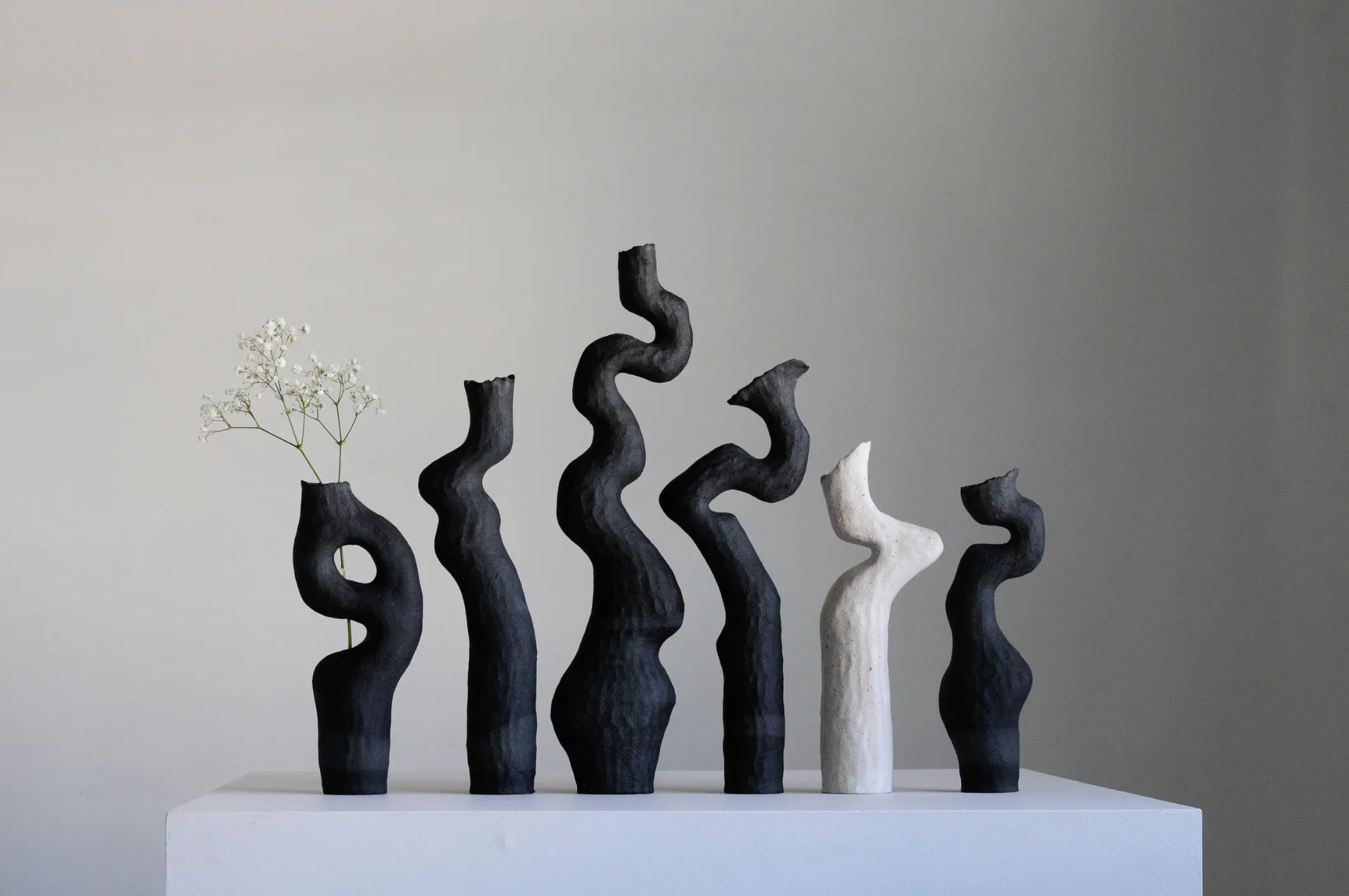

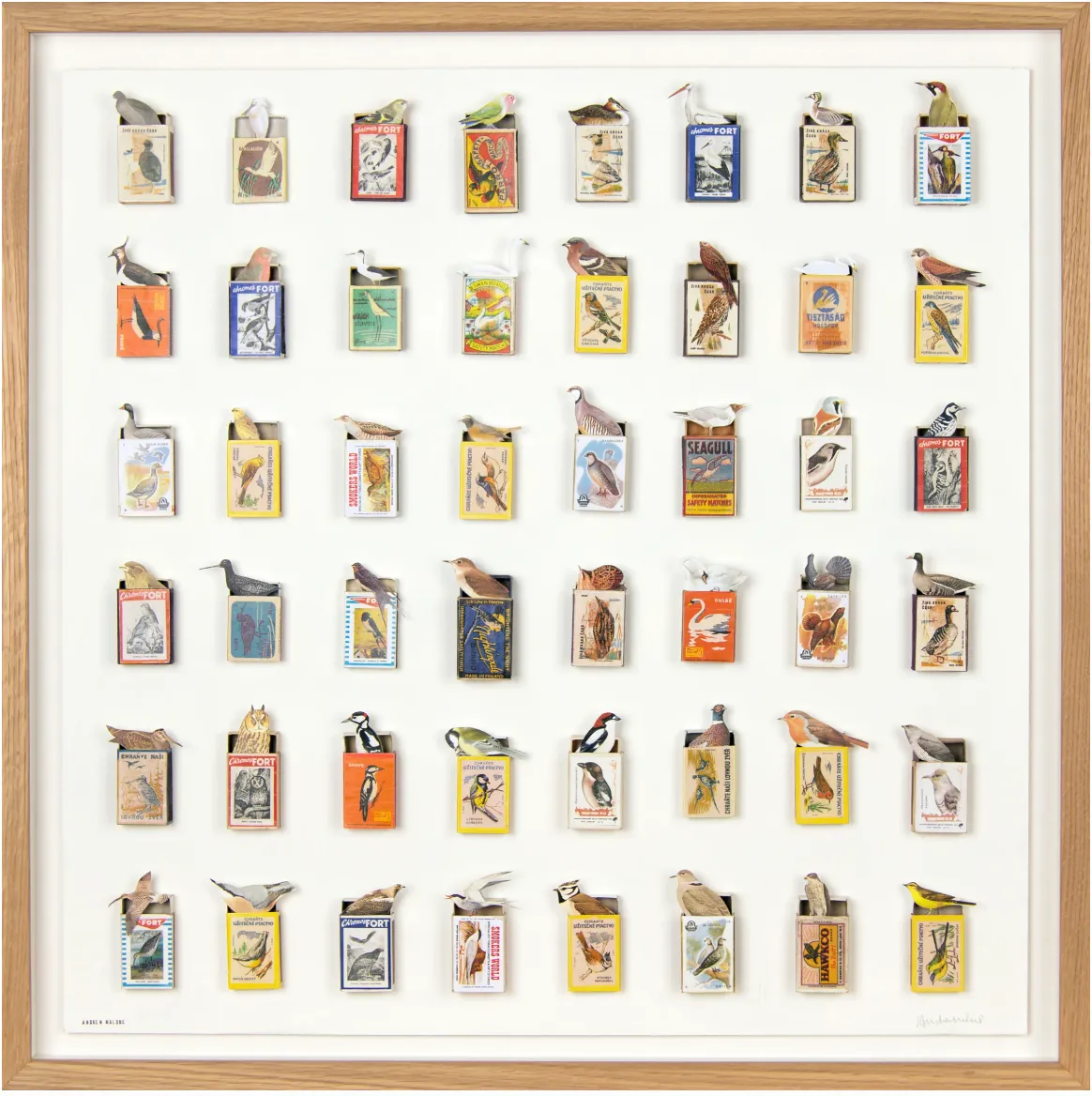

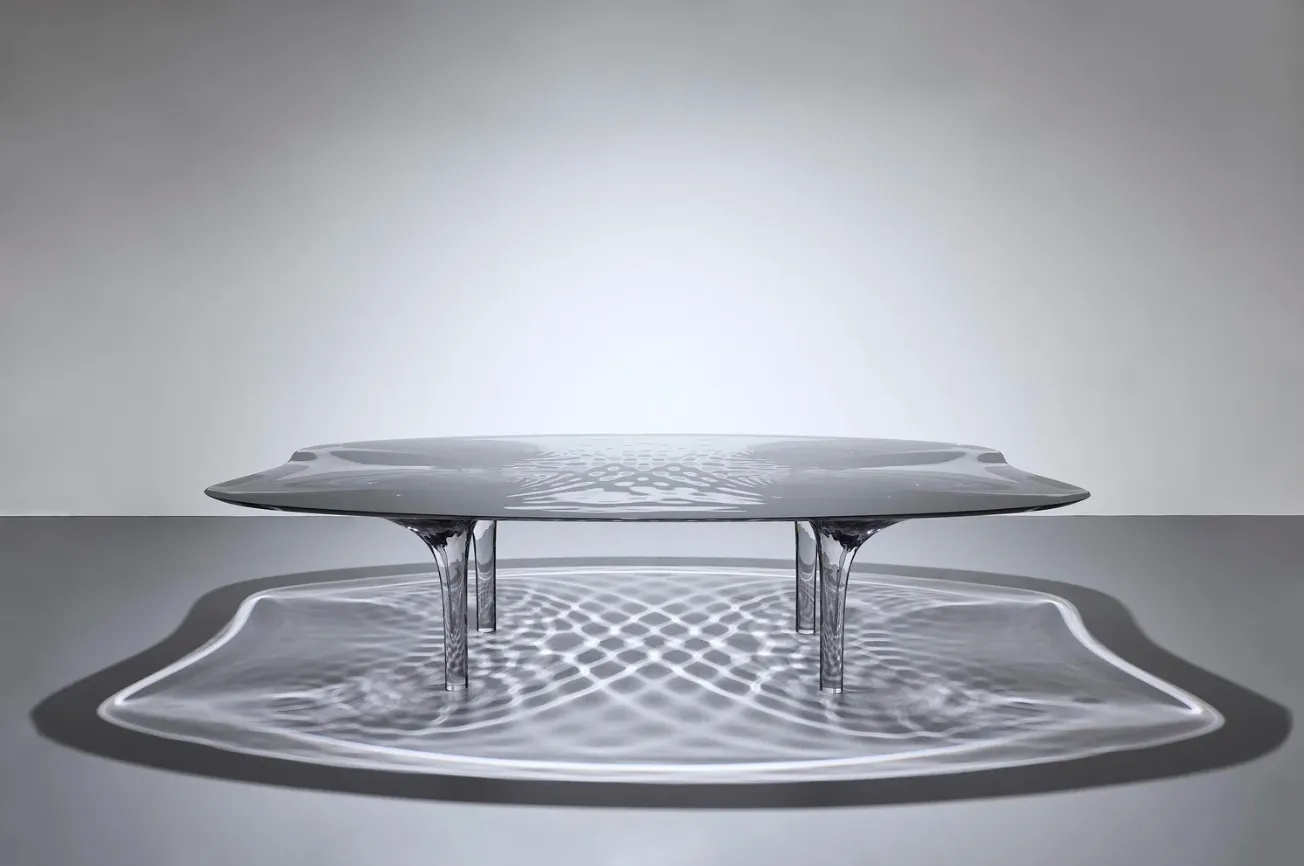
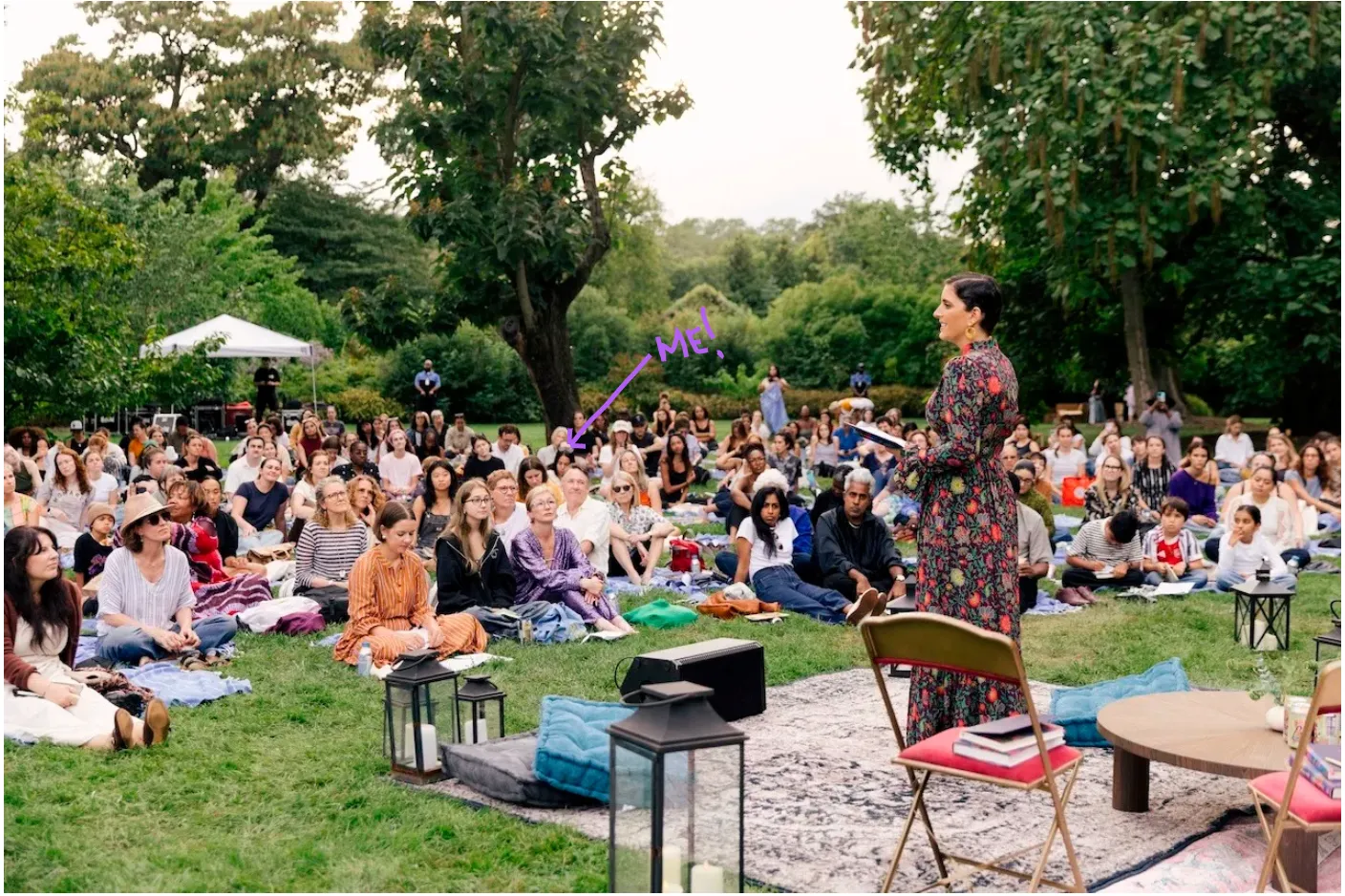

.webp)

.webp)
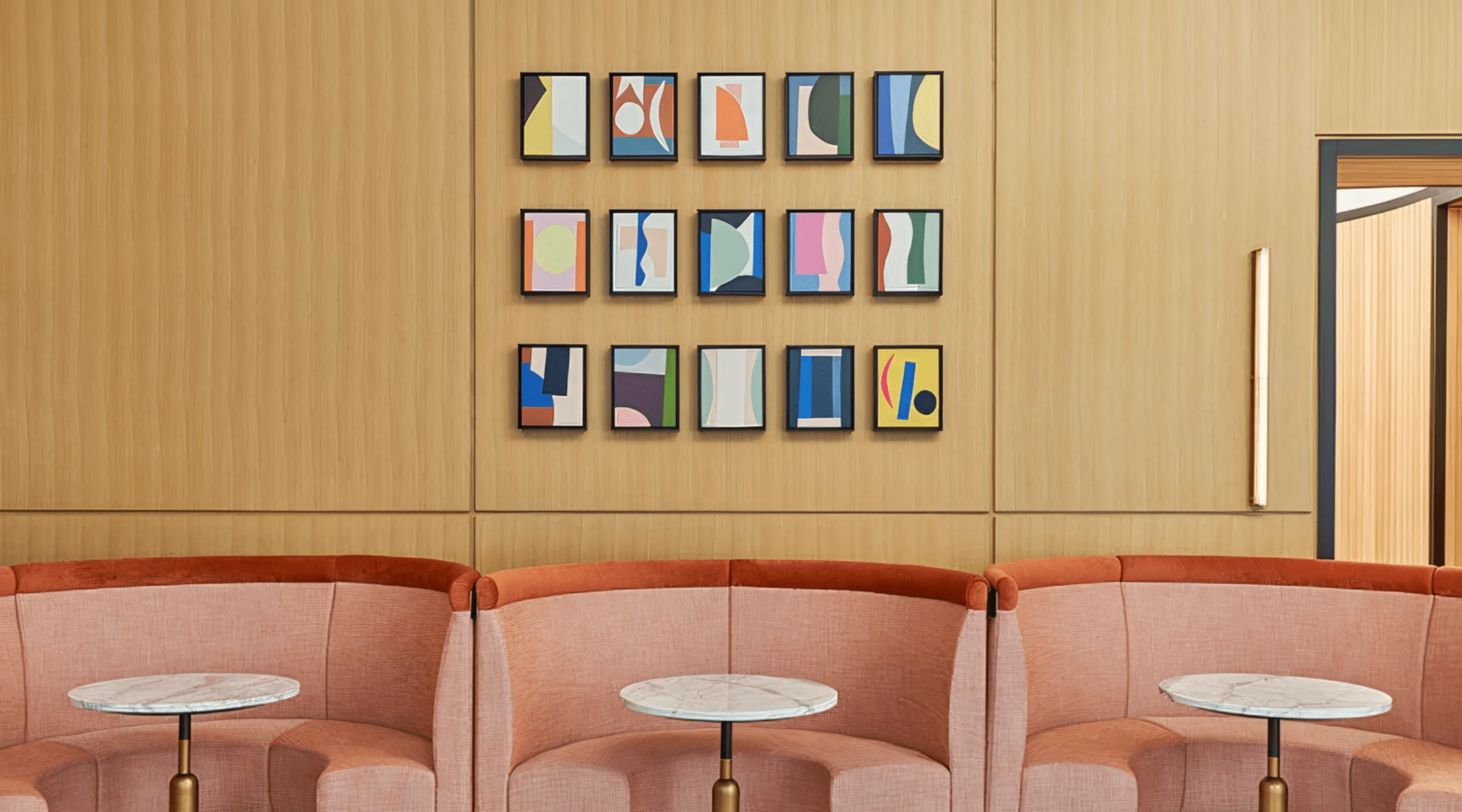
.webp)
.webp)
.webp)
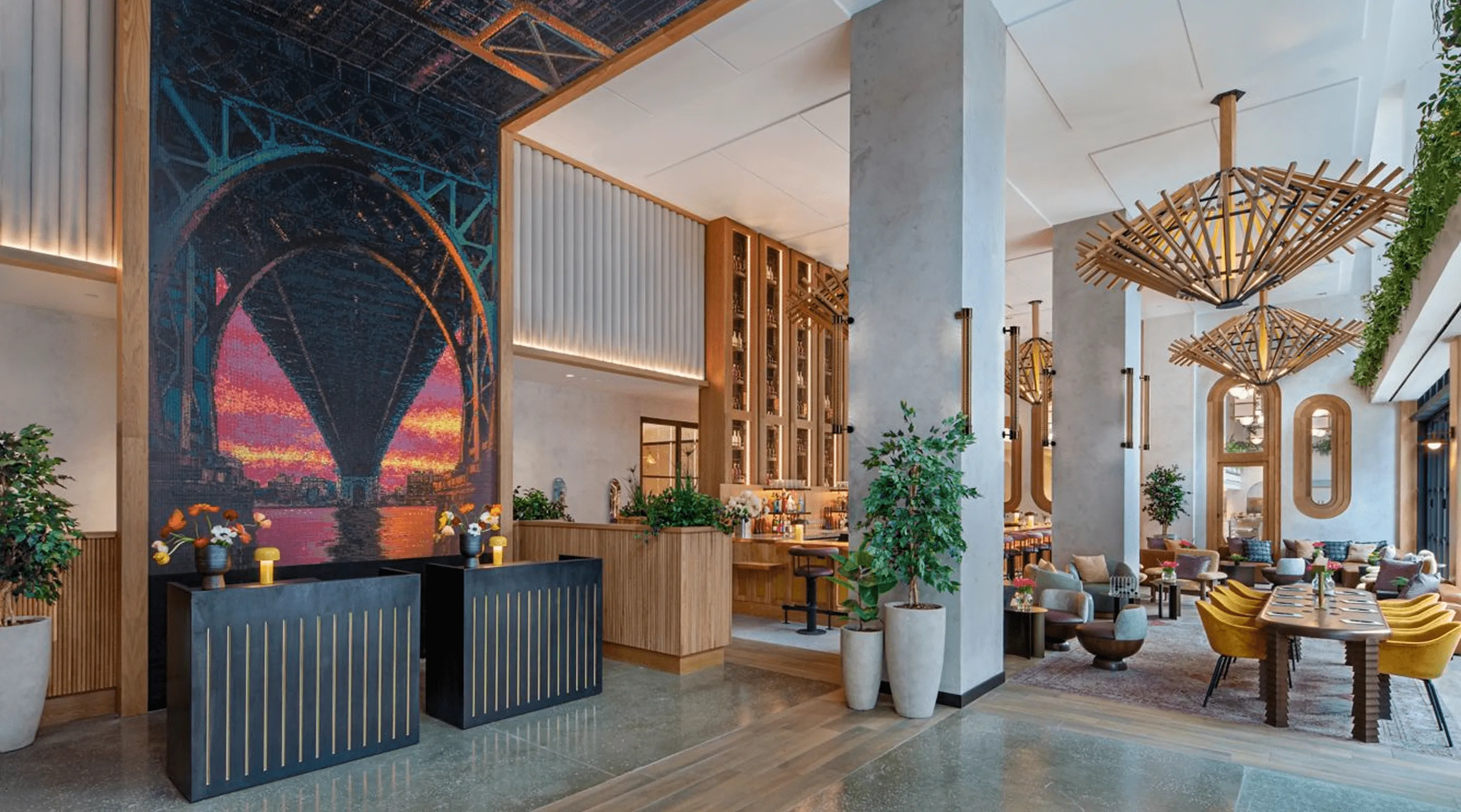
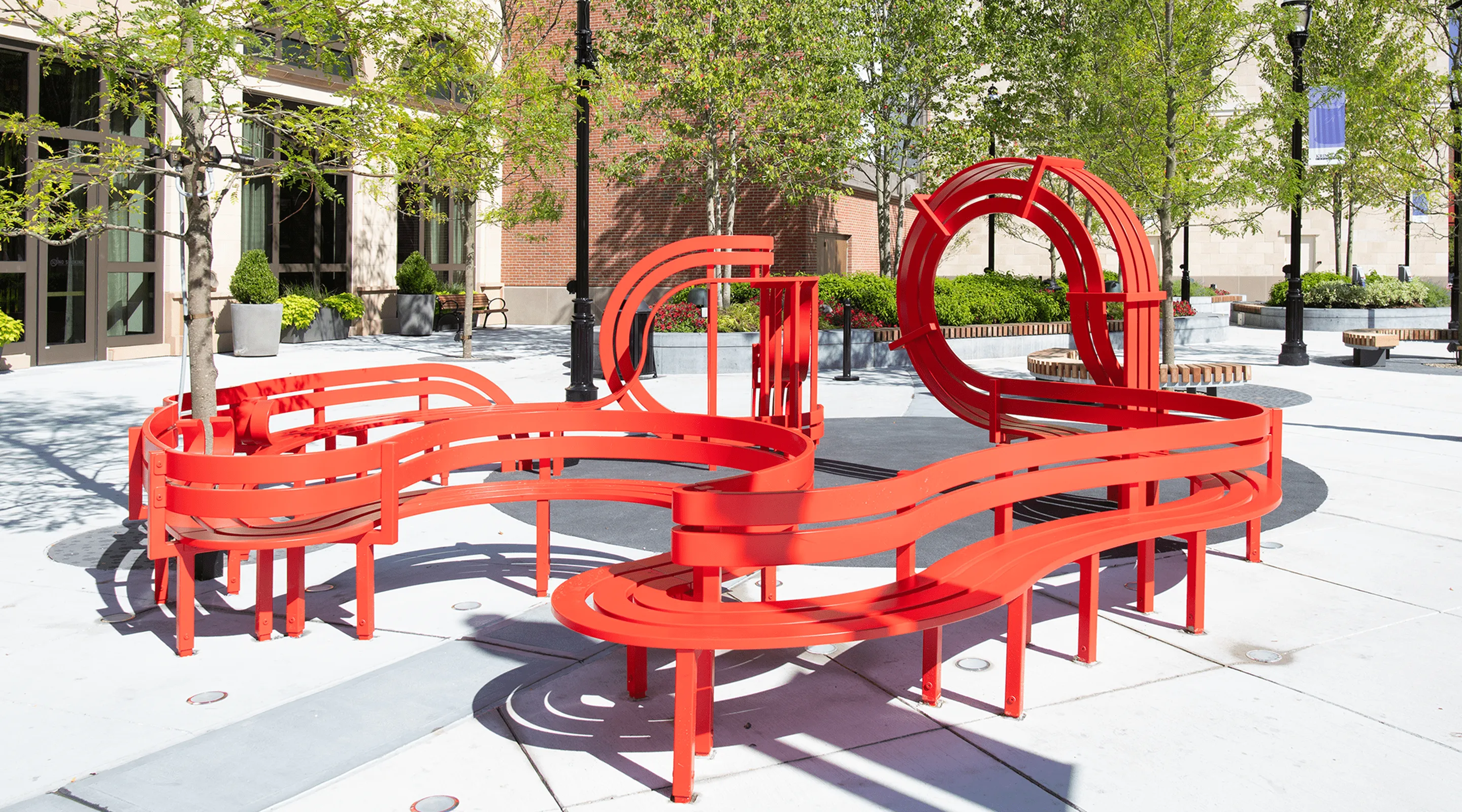
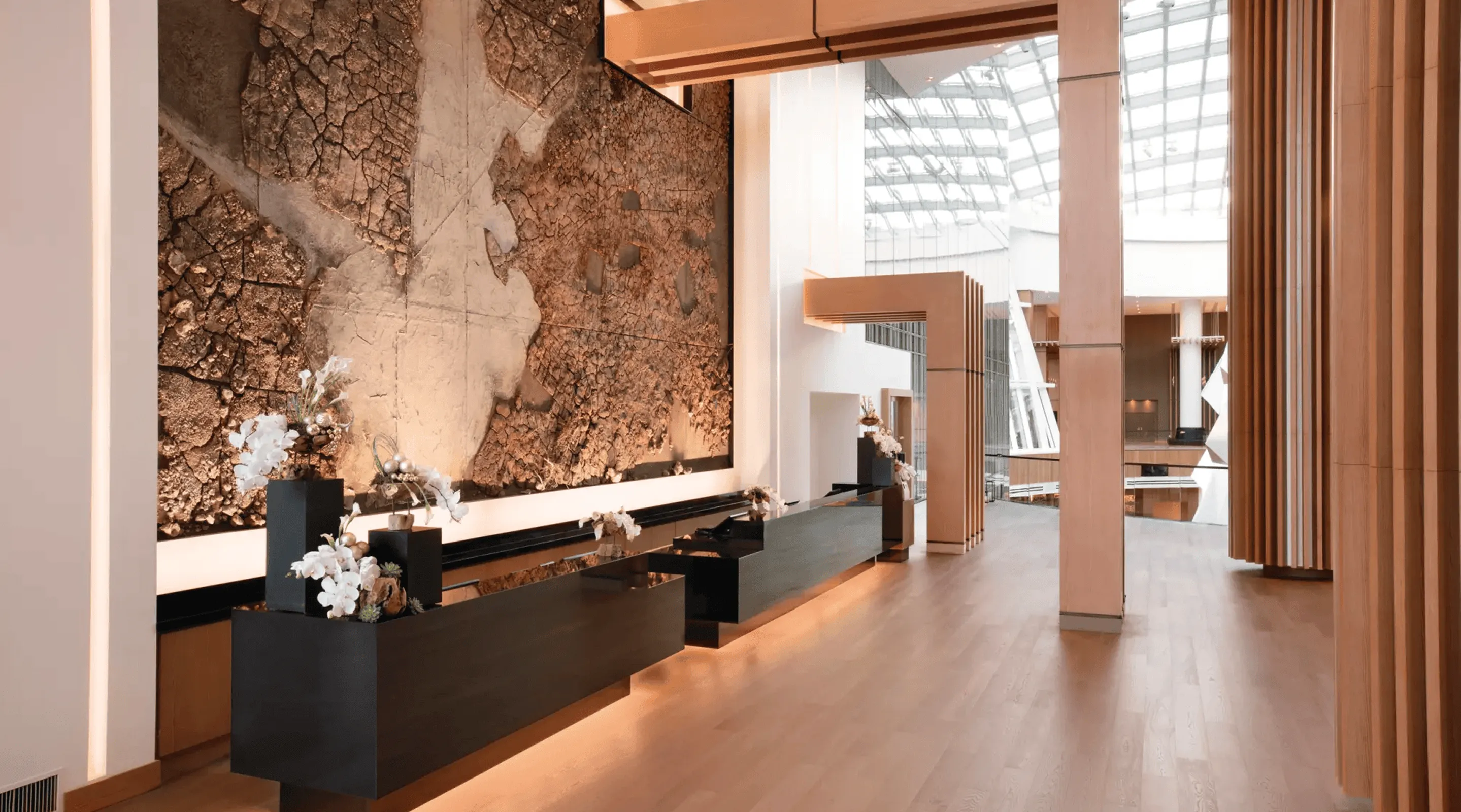
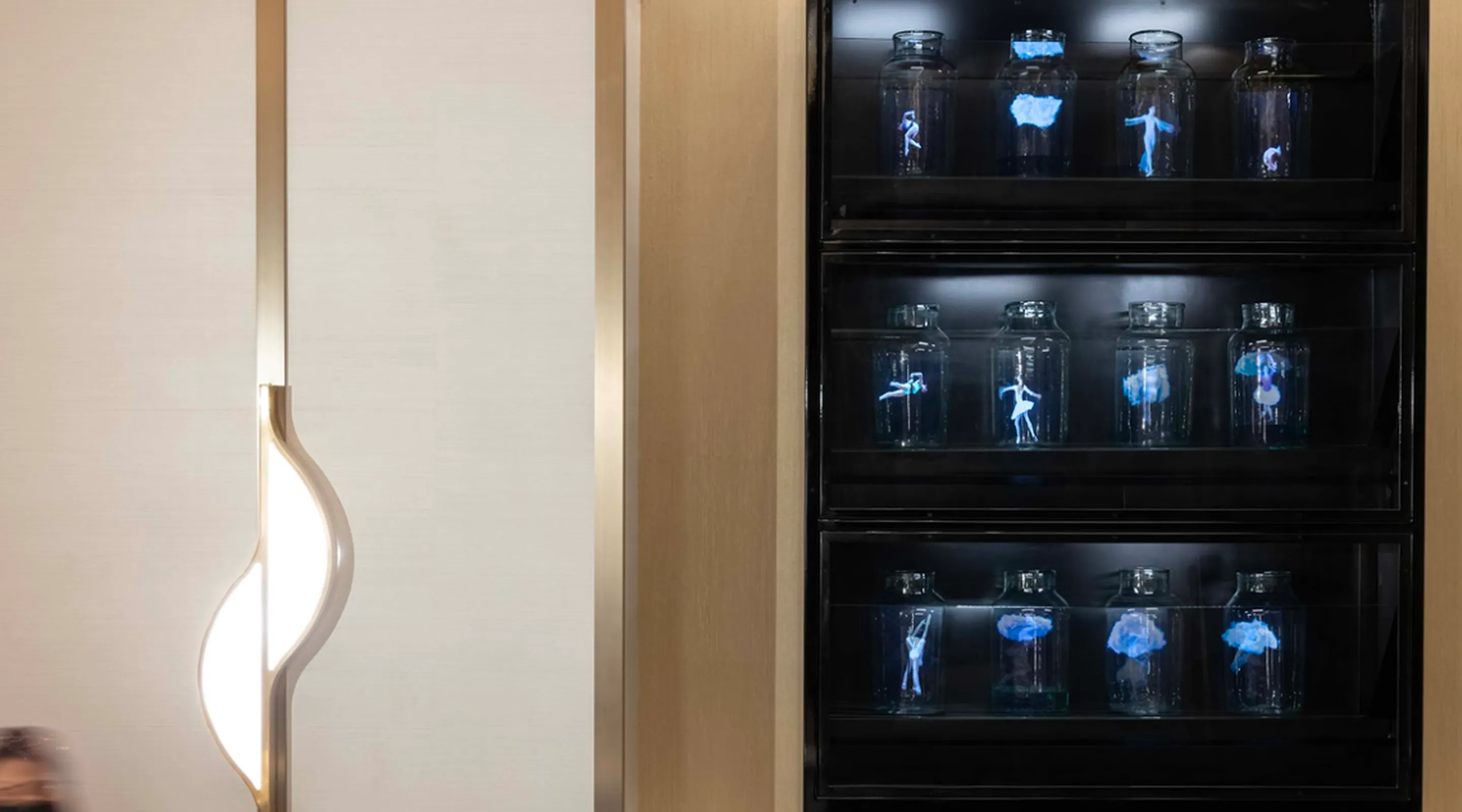
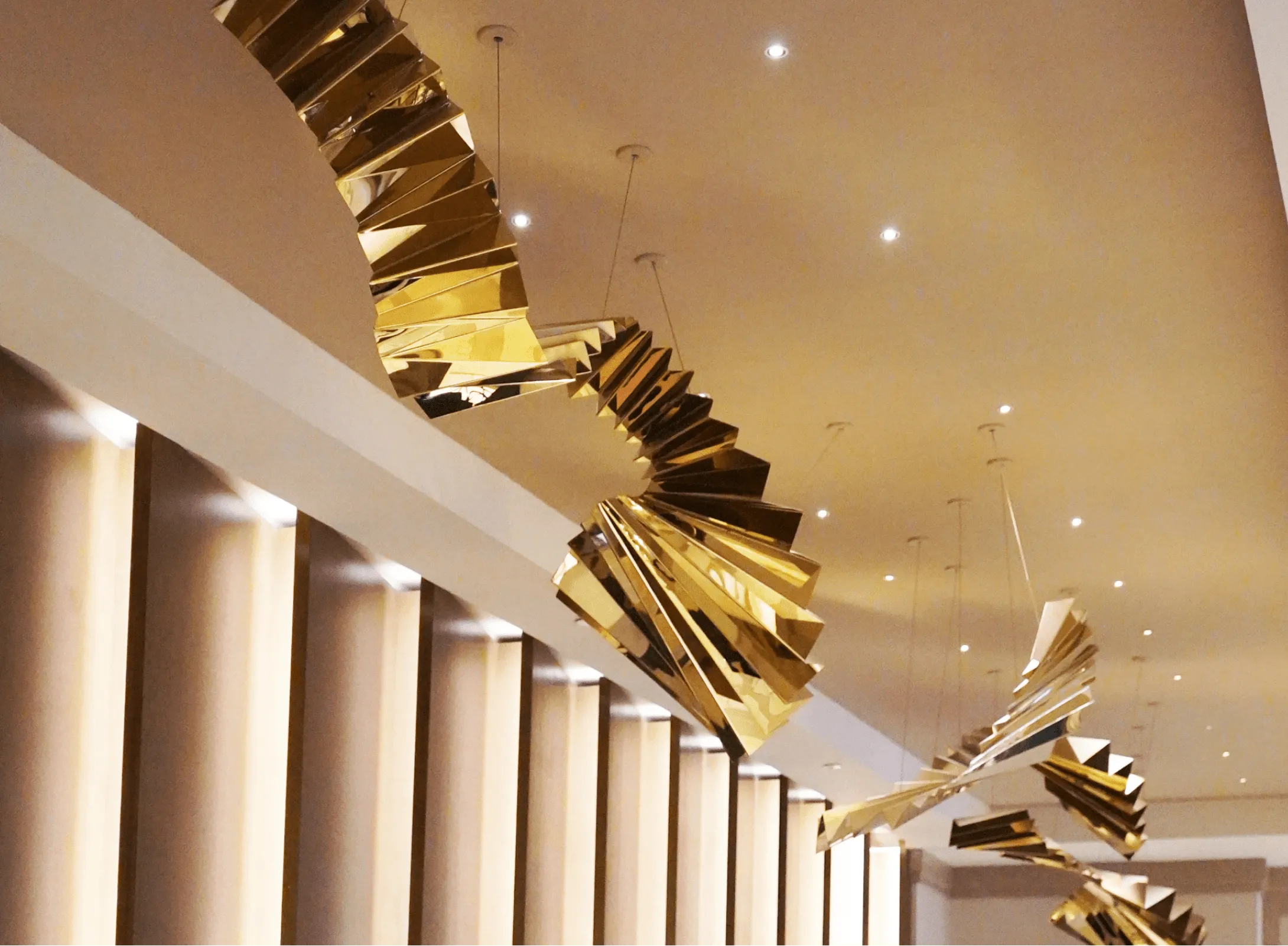
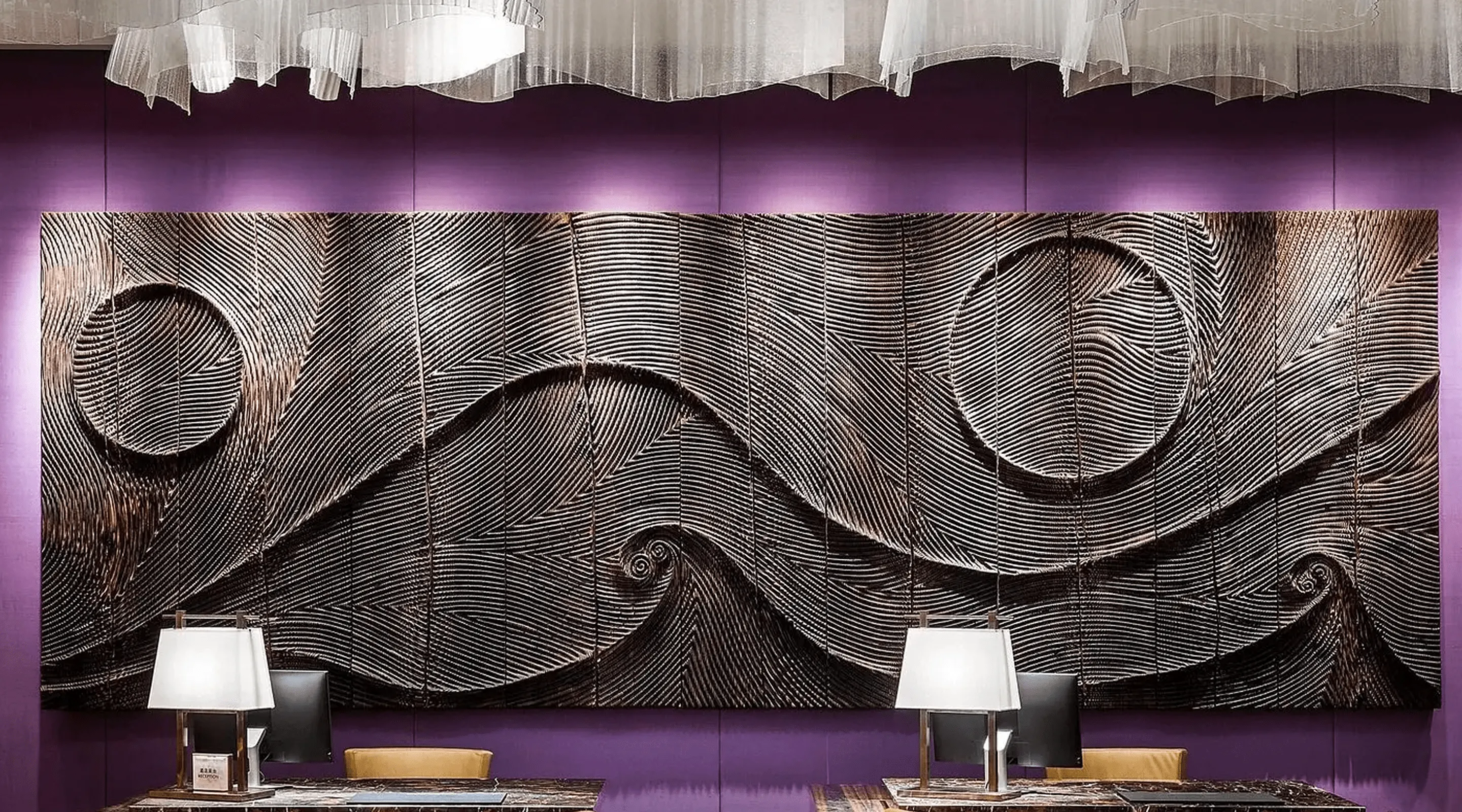
-min.webp)